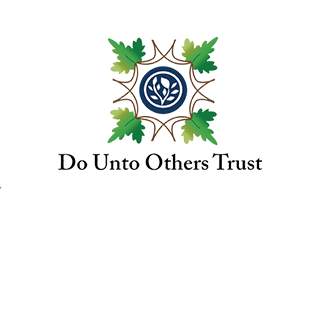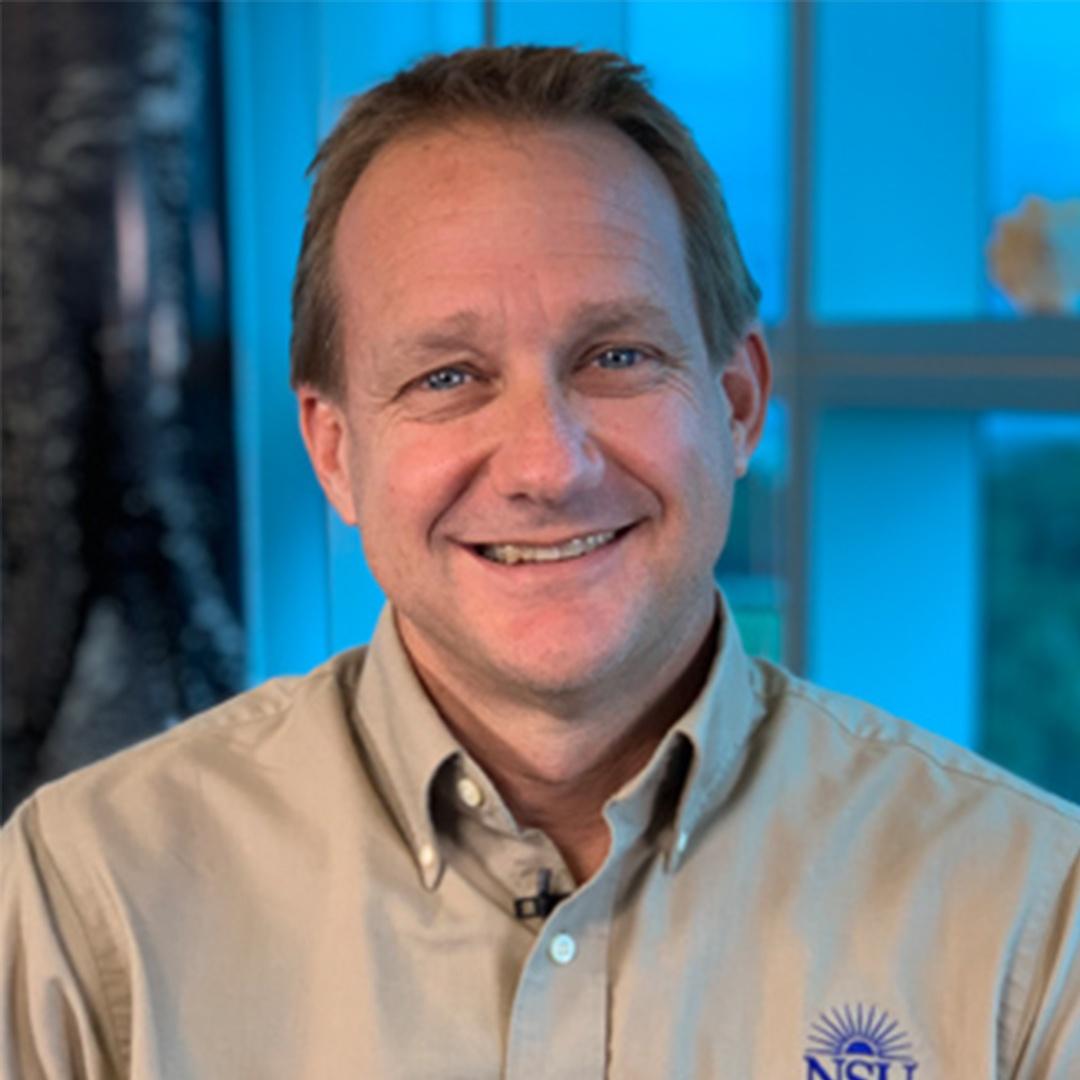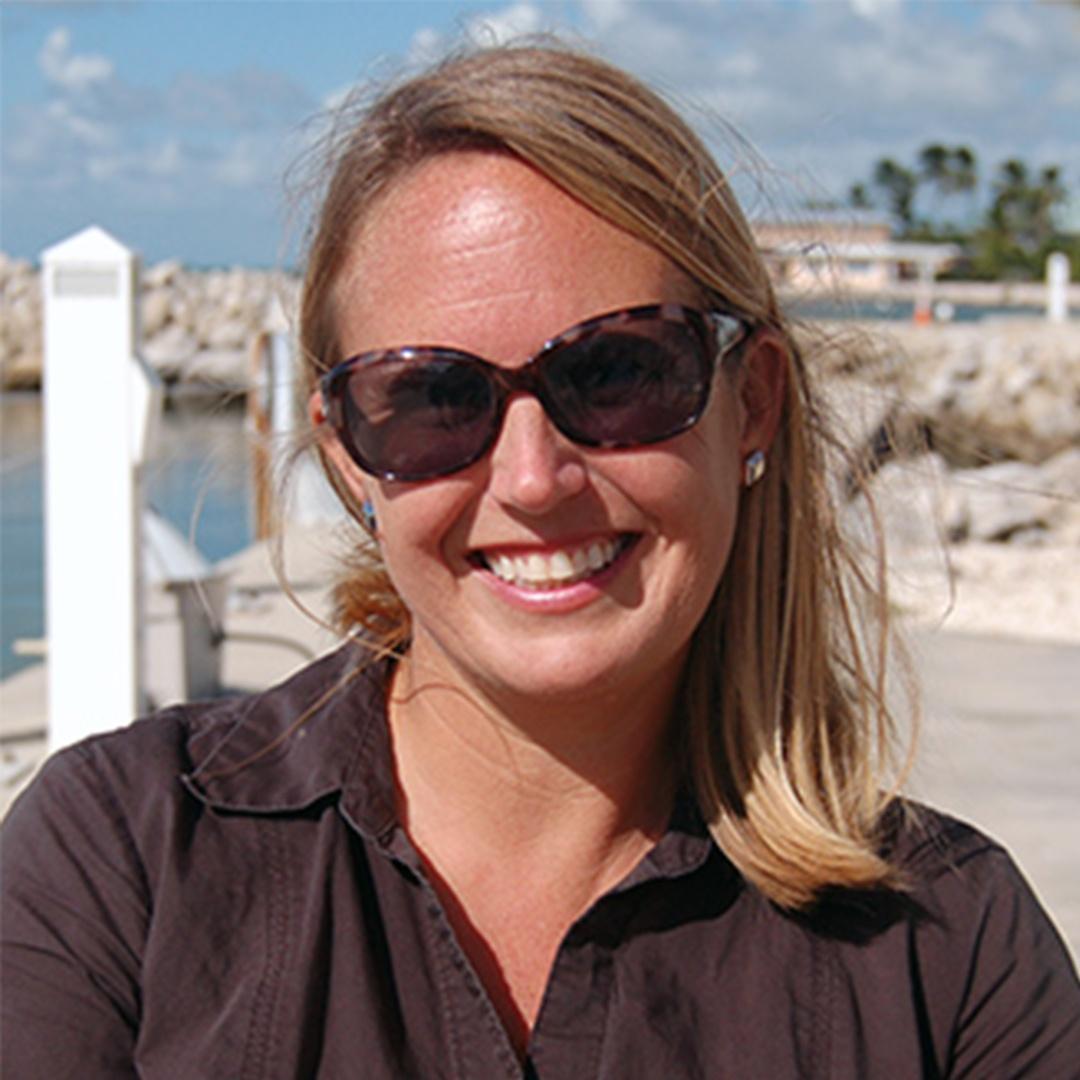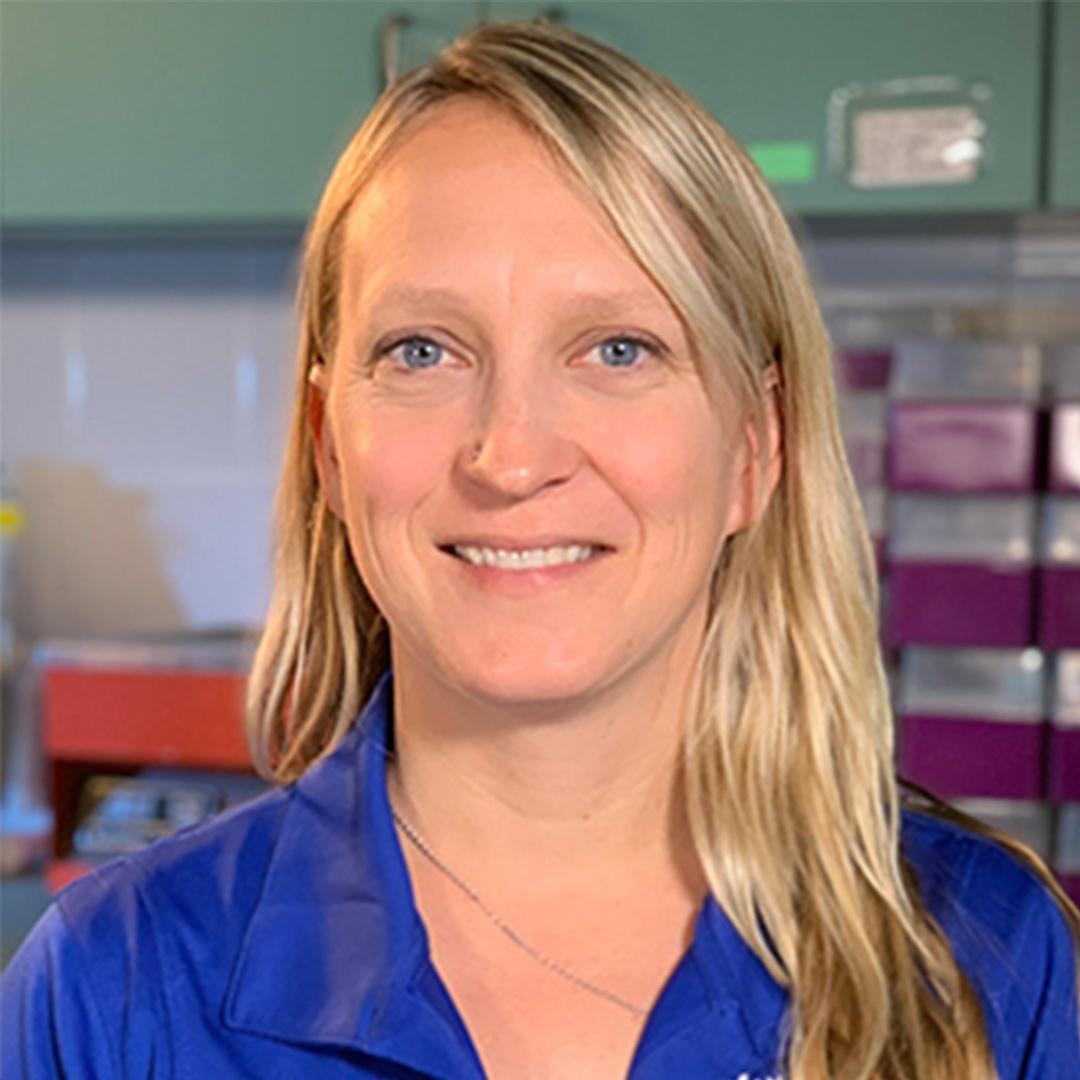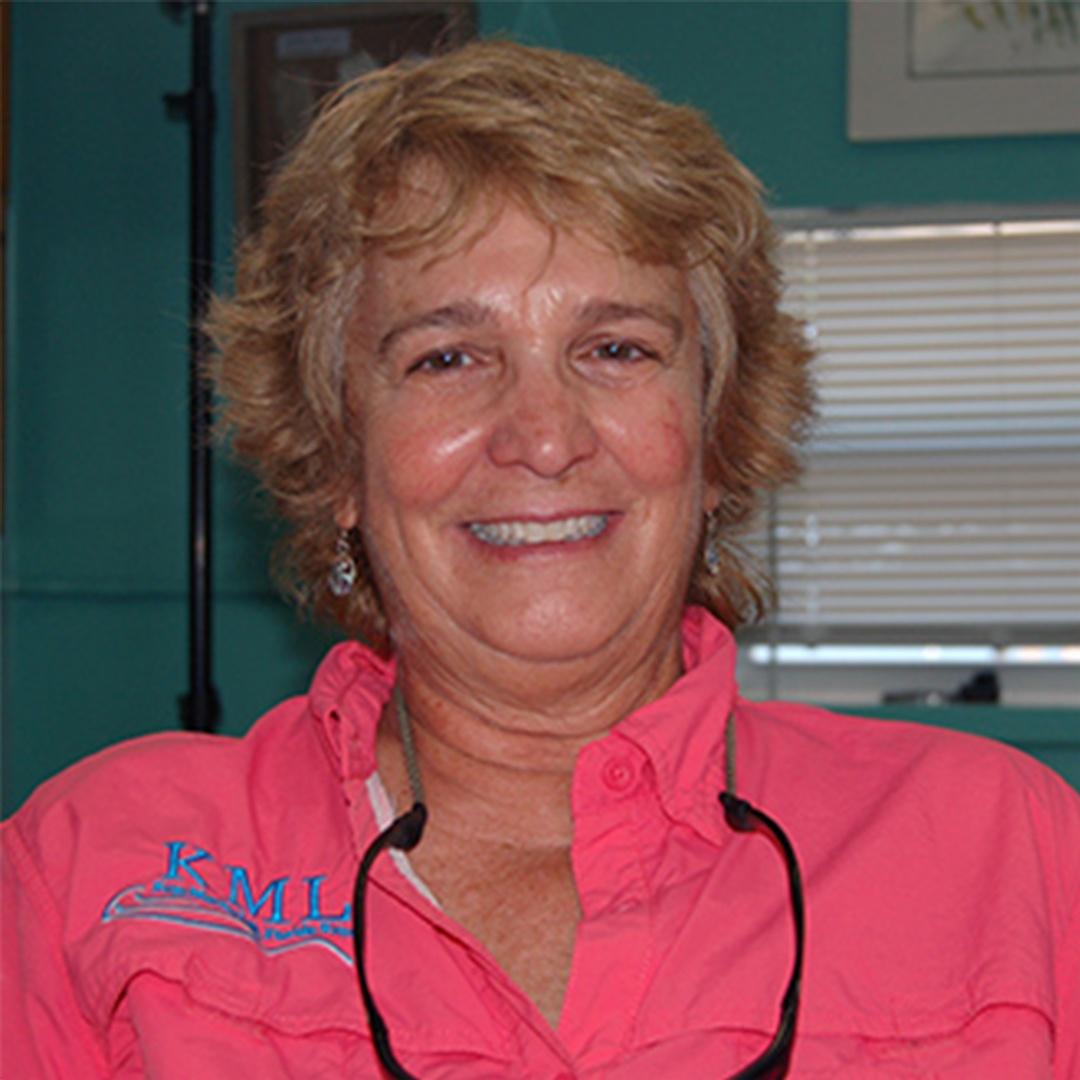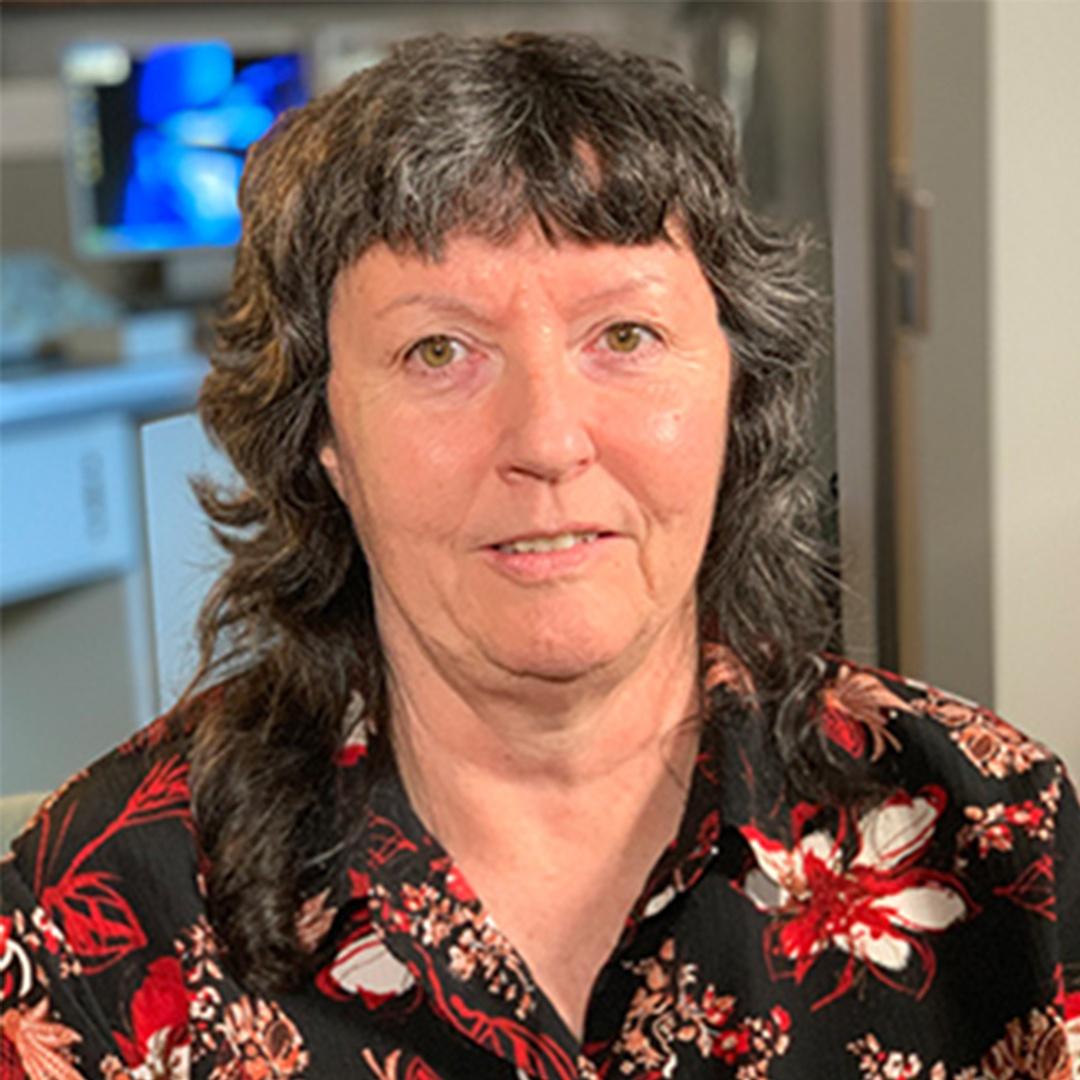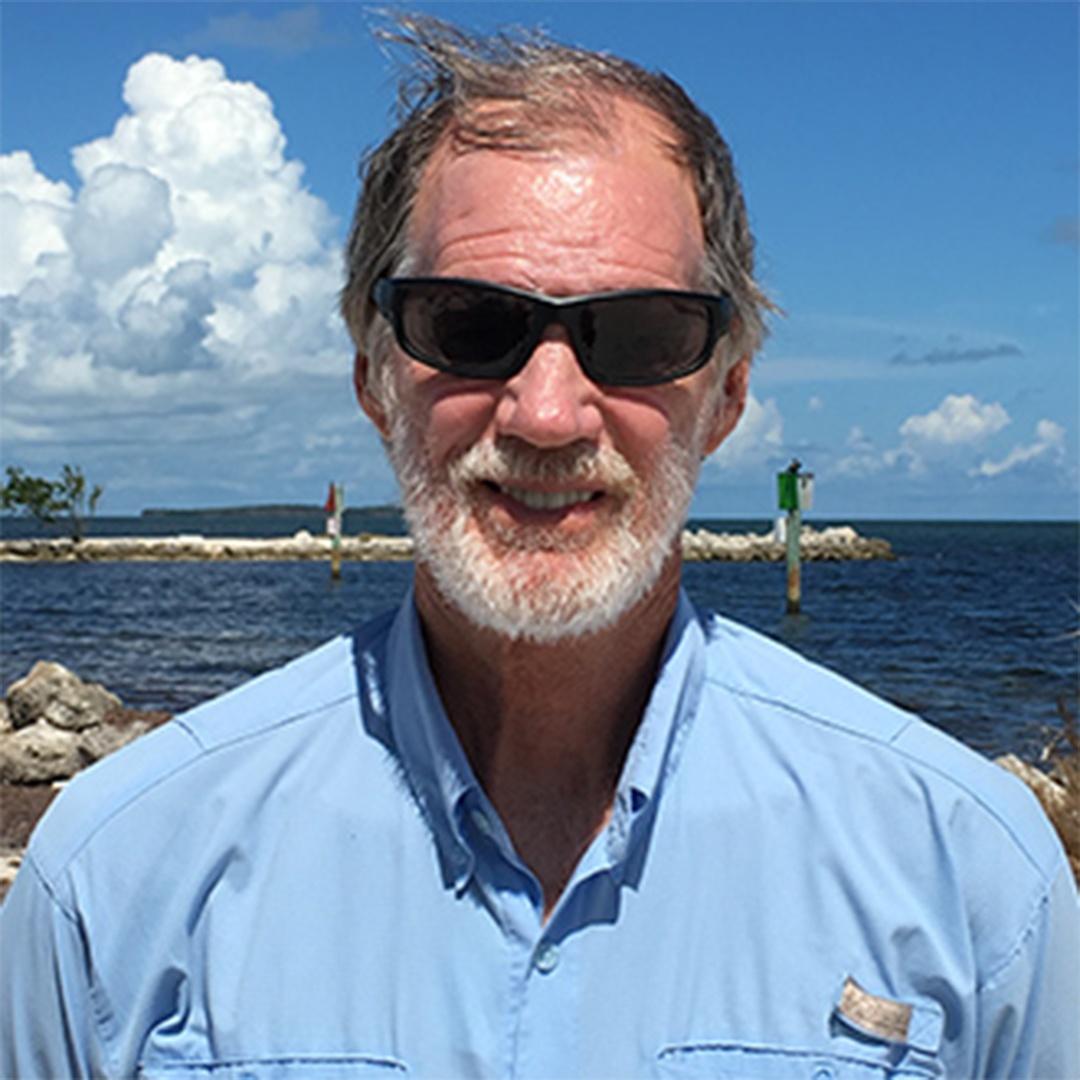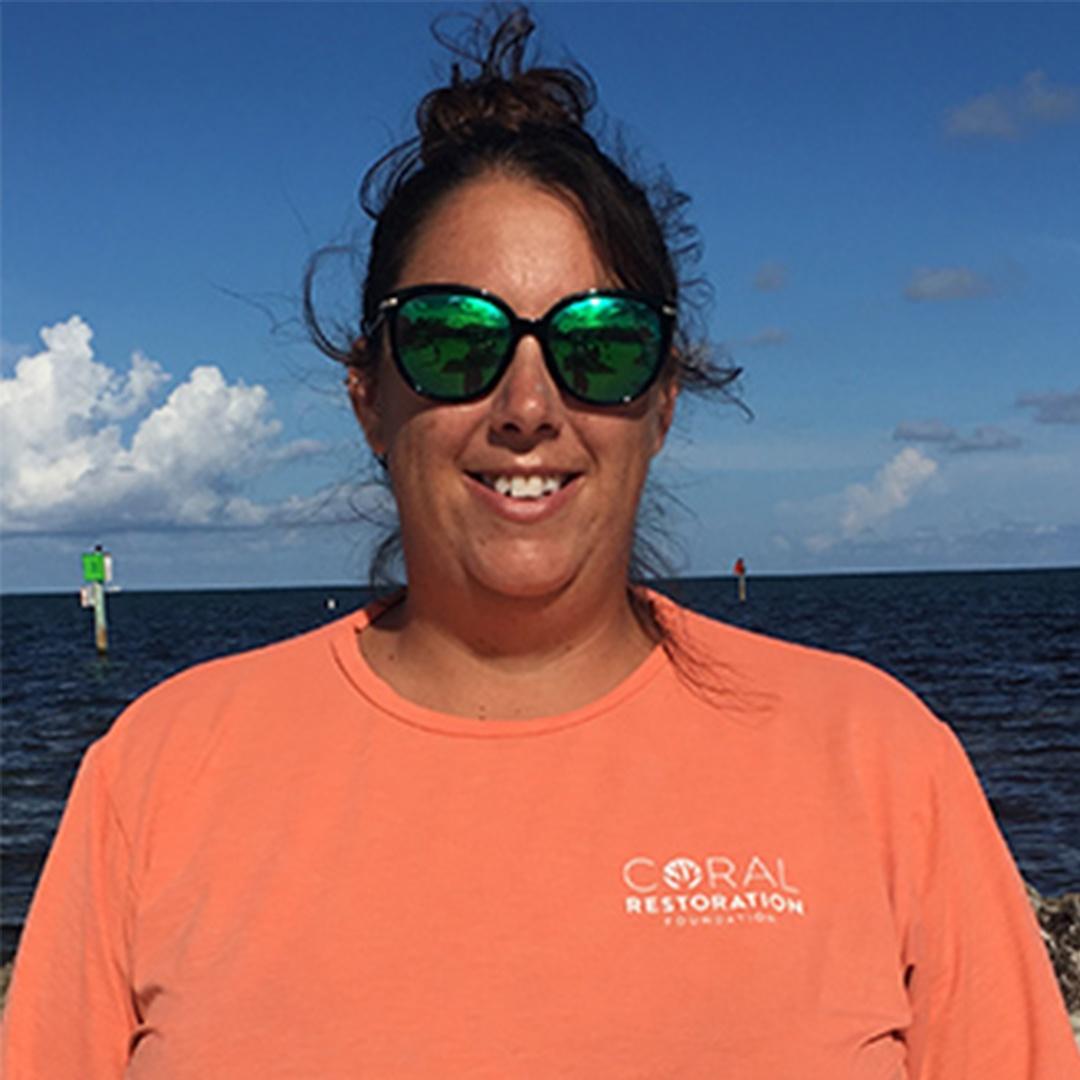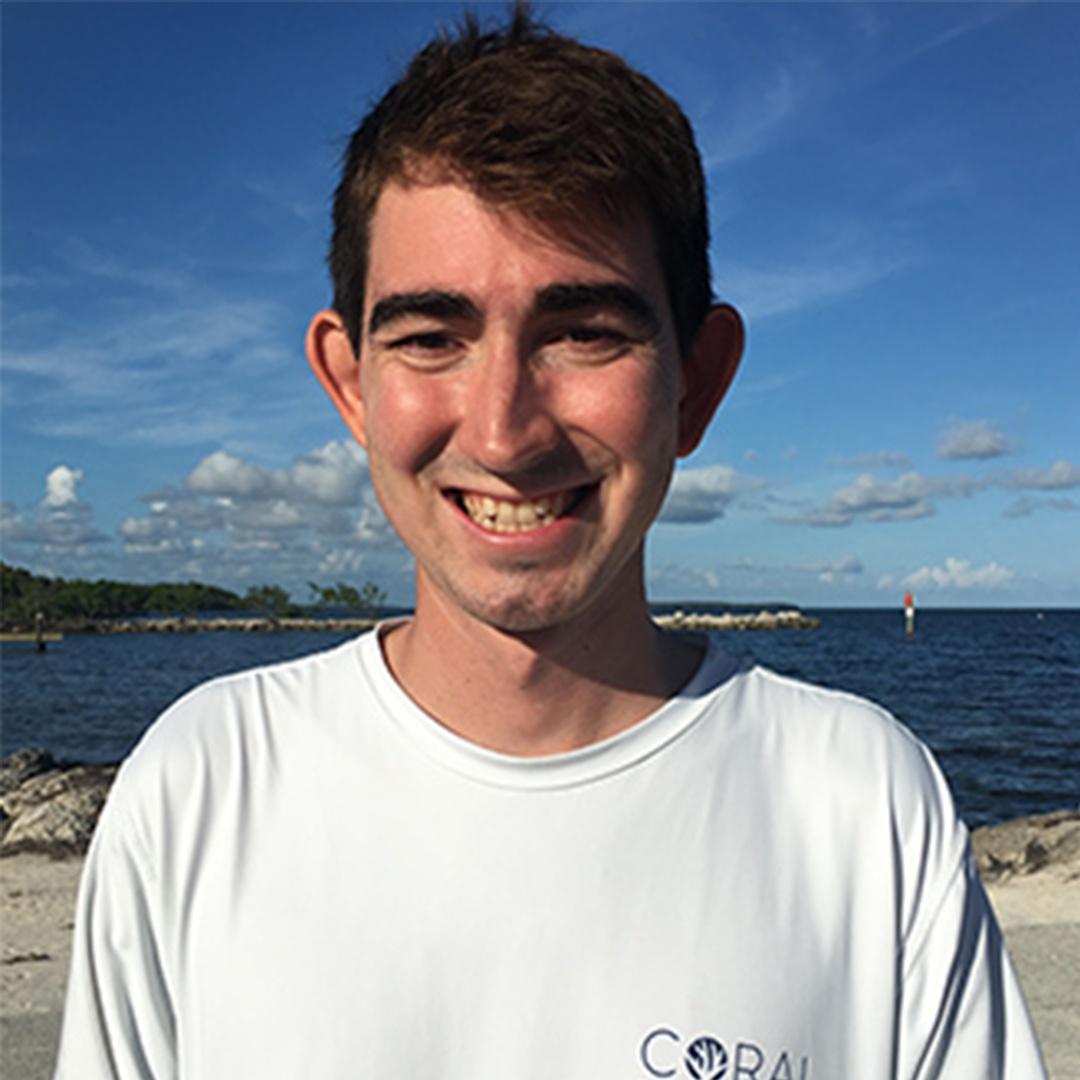Episode 1103: Corals in Crisis
Florida's fragile coral reefs are in crisis. Once vibrant cities of the sea, these biodiverse ecosystems have declined over the past few decades. Fishing pressures, pollution, development, and climate change have all left their mark.
Now, a new ailment known as “Stony Coral Tissue Loss Disease” may be the last nail in the coffin. This disease is infecting over half of the reef-building corals at an unprecedented scale, killing most of the corals that get sick. But all hope is not lost. Experts of varying backgrounds are working diligently to figure out what is causing the disease, while simultaneously developing techniques to treat outbreaks and restore the sunshine state’s coral reefs to their former glory.
Experts
Meet the experts featured in this episode.

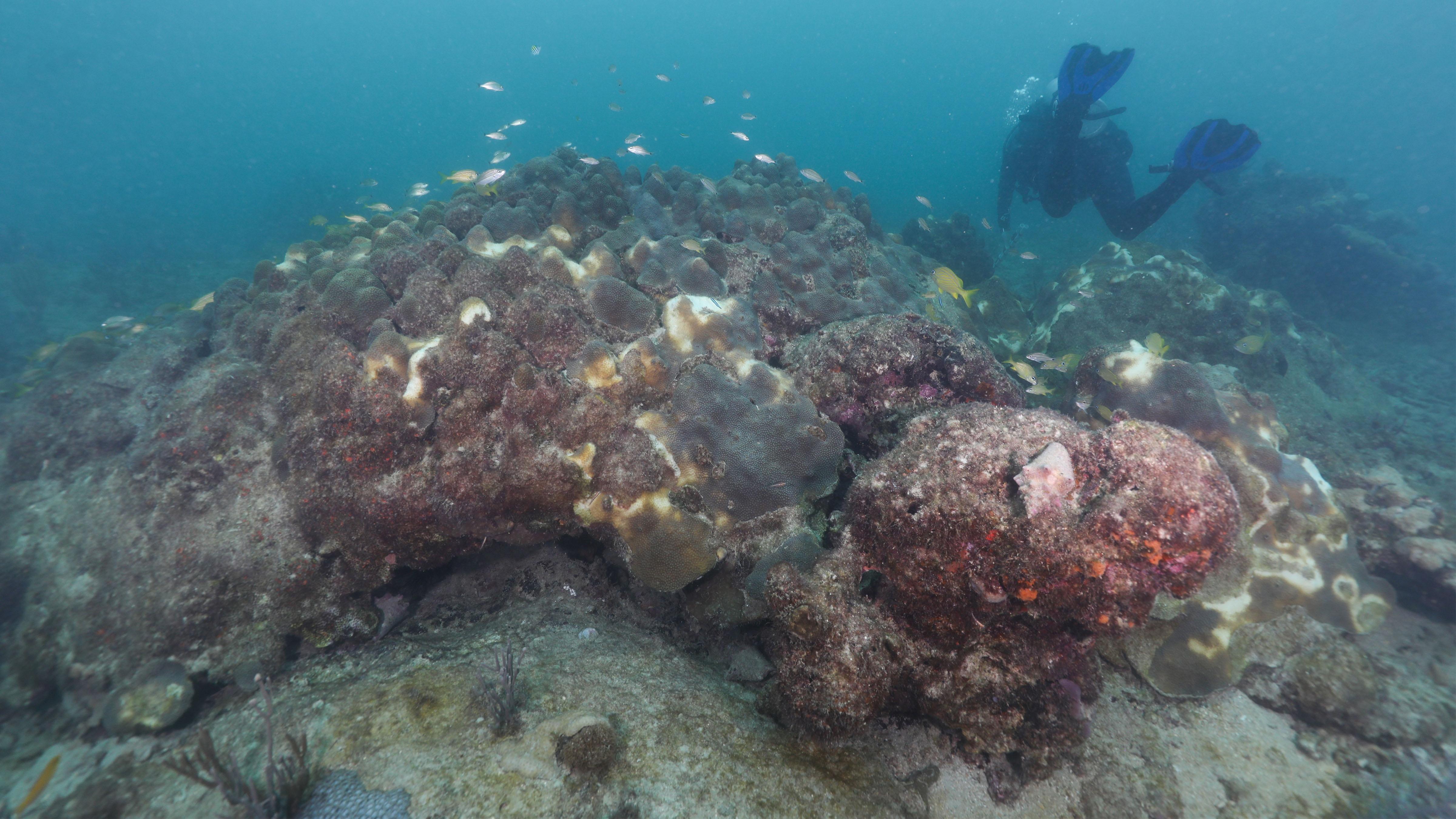
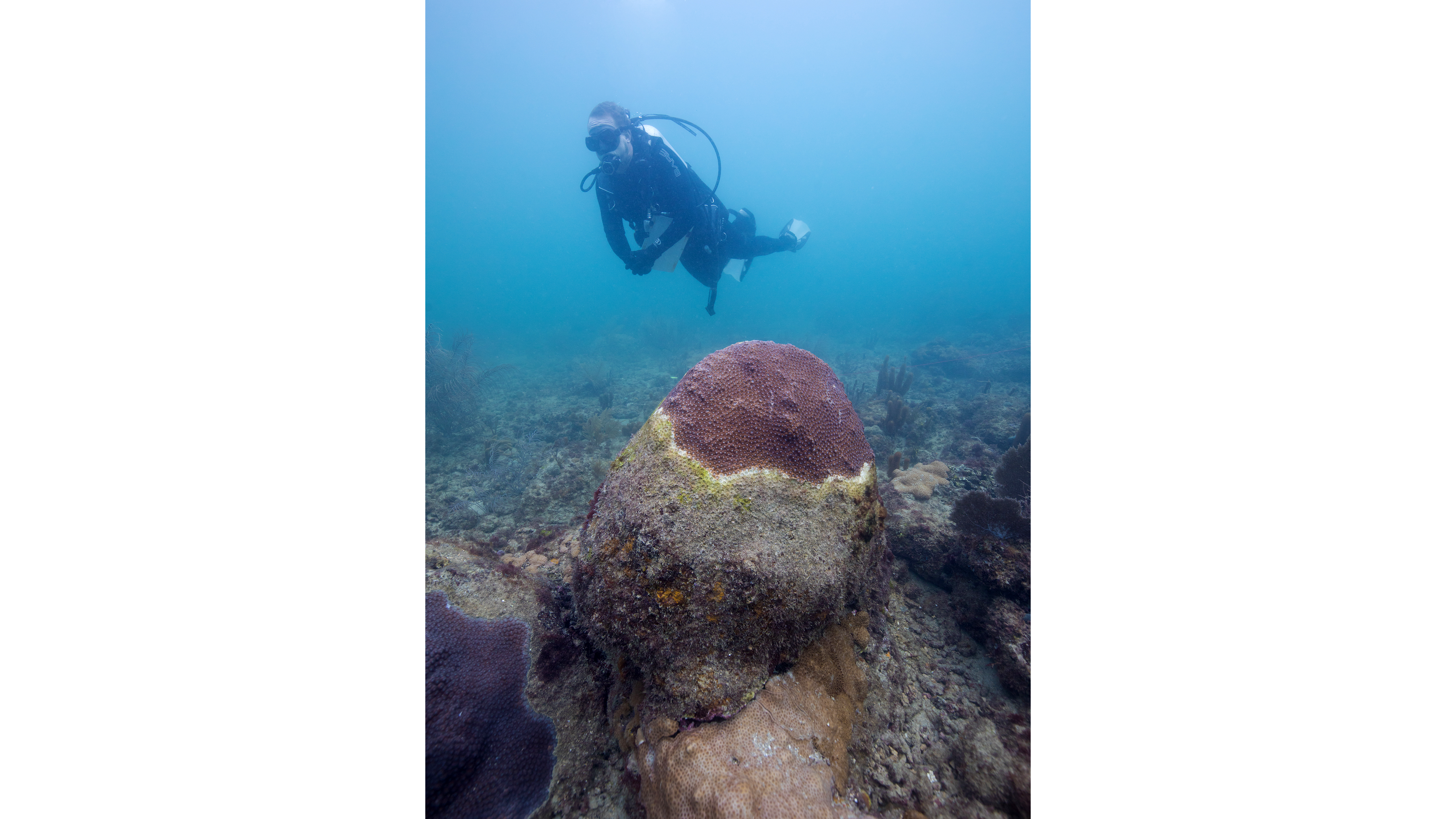
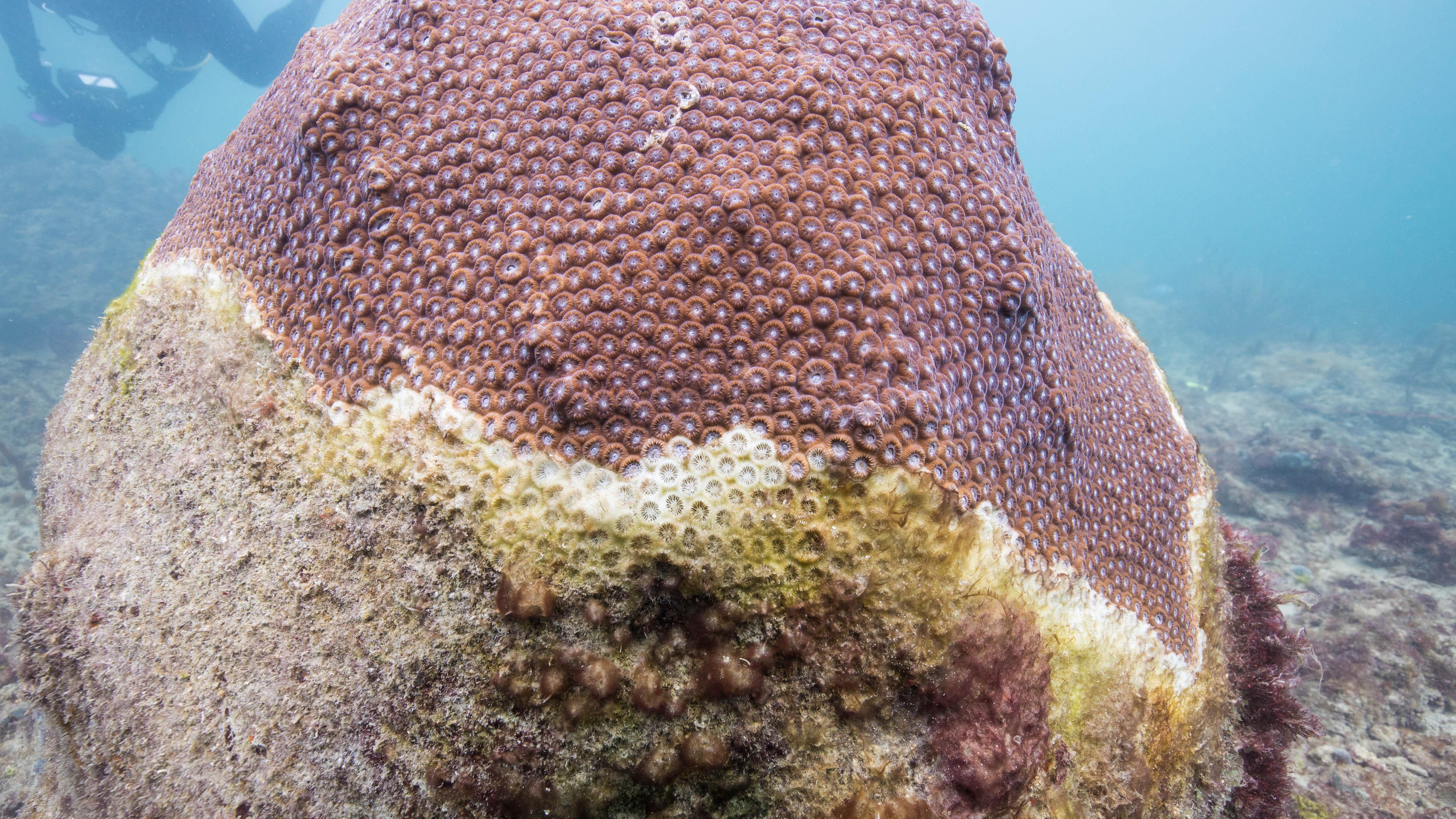
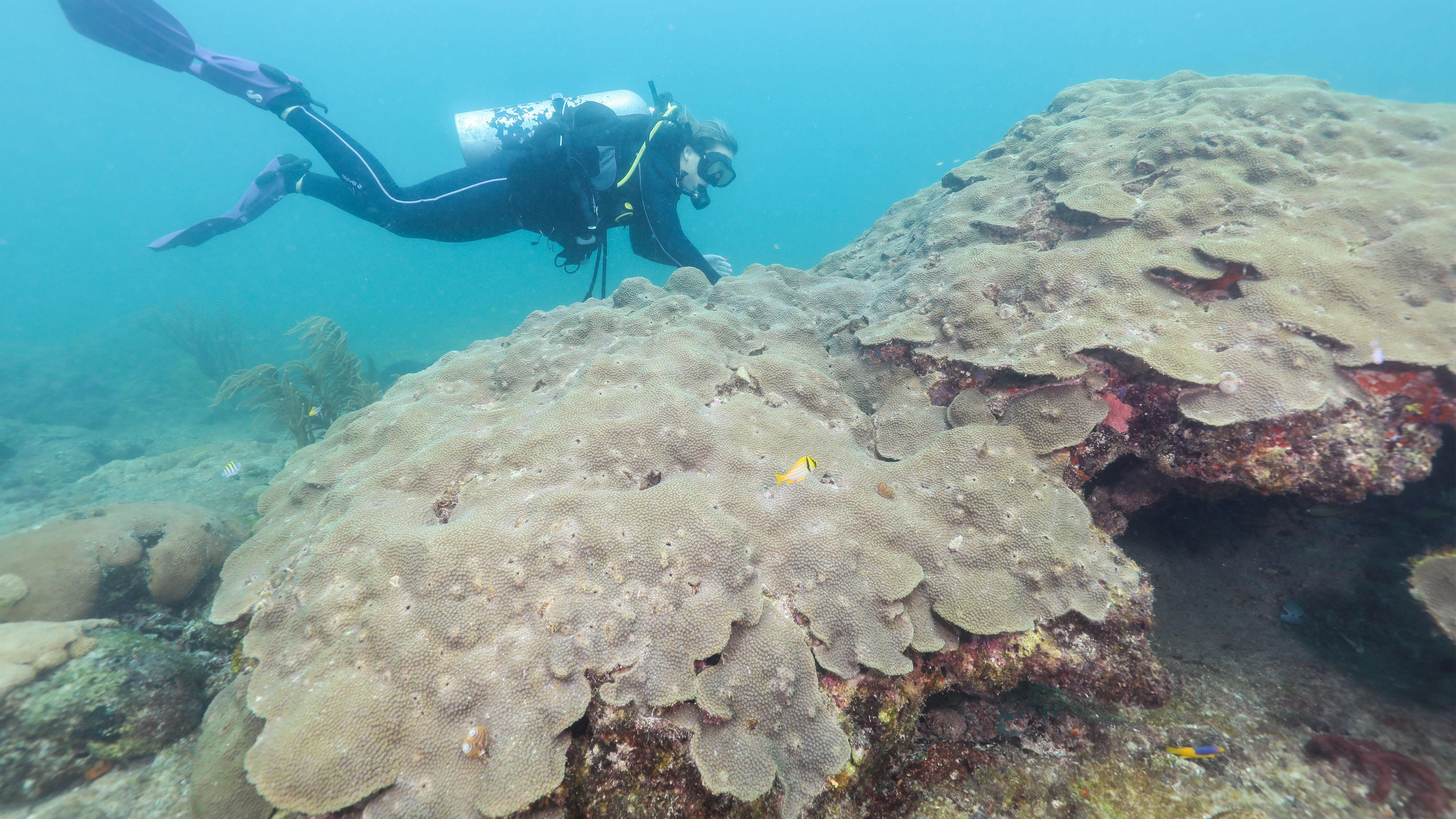


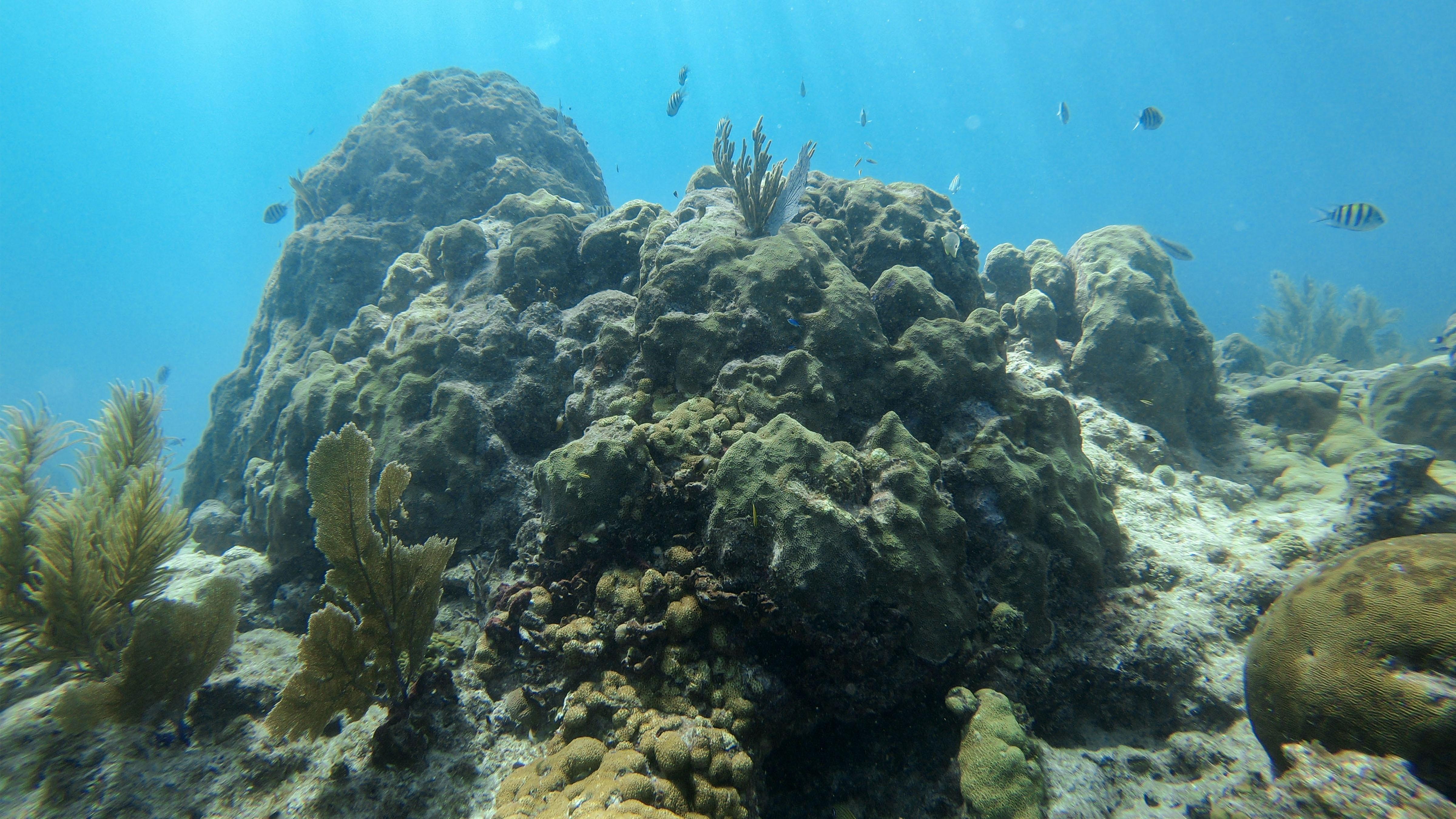
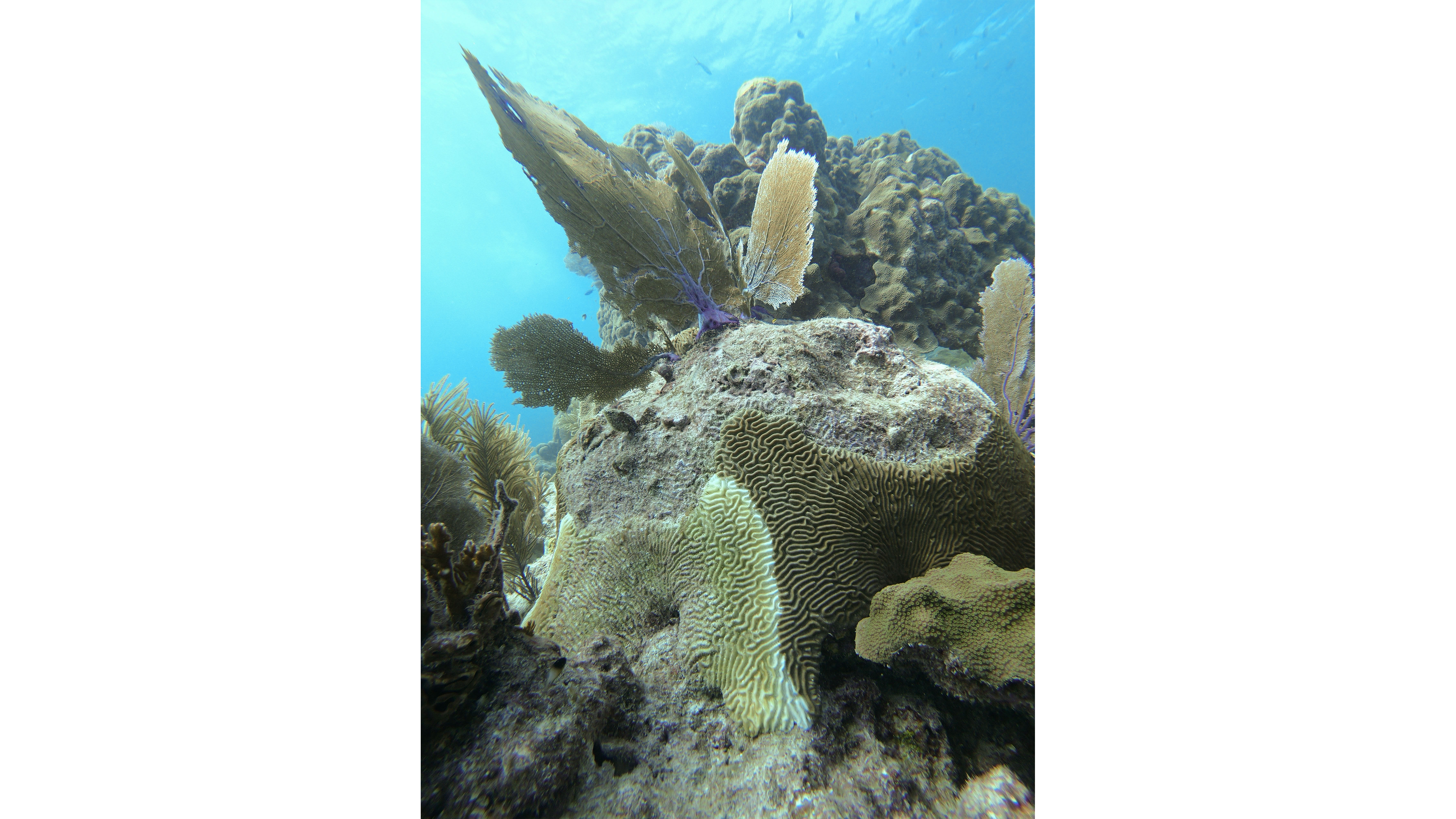
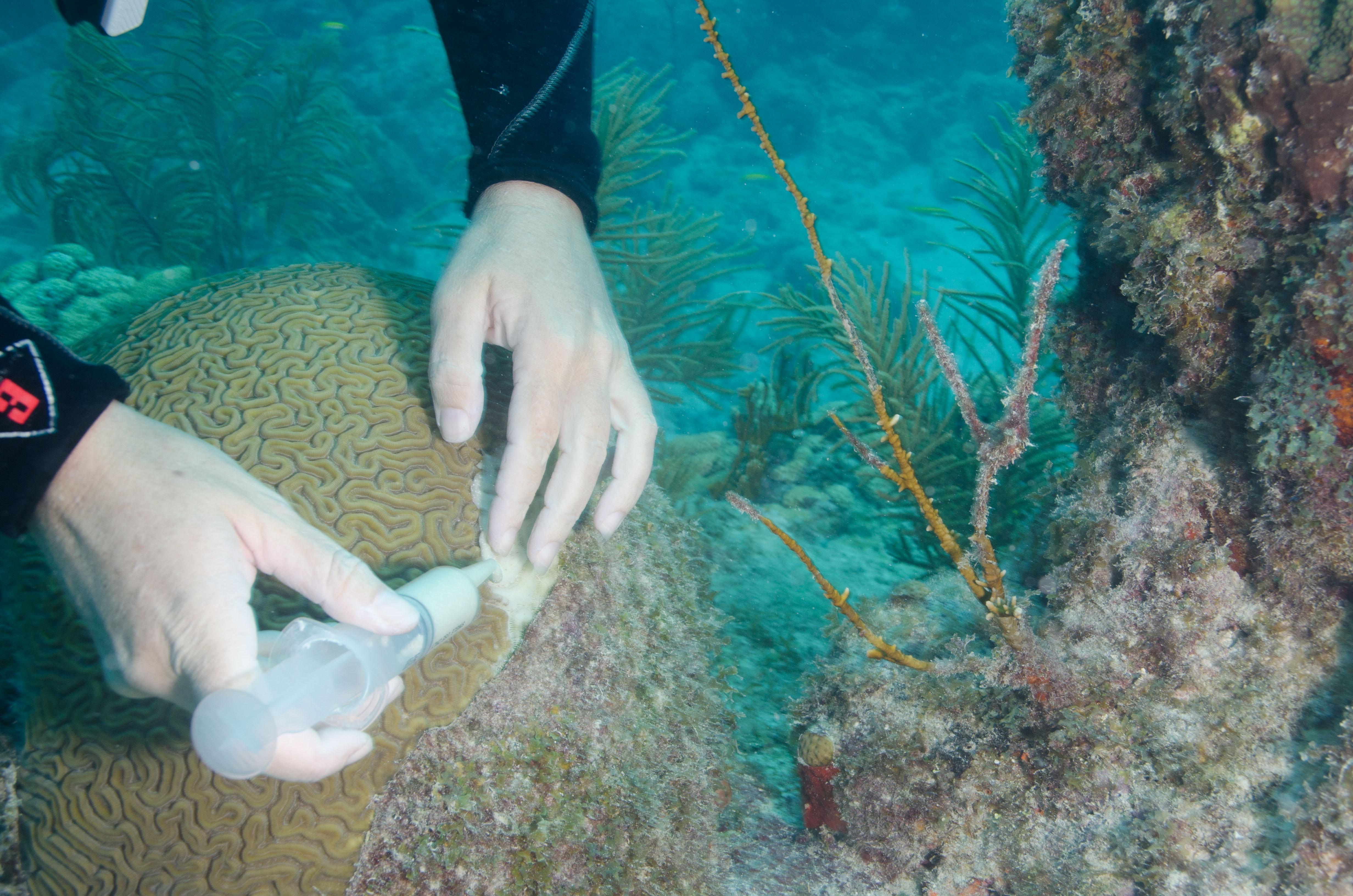
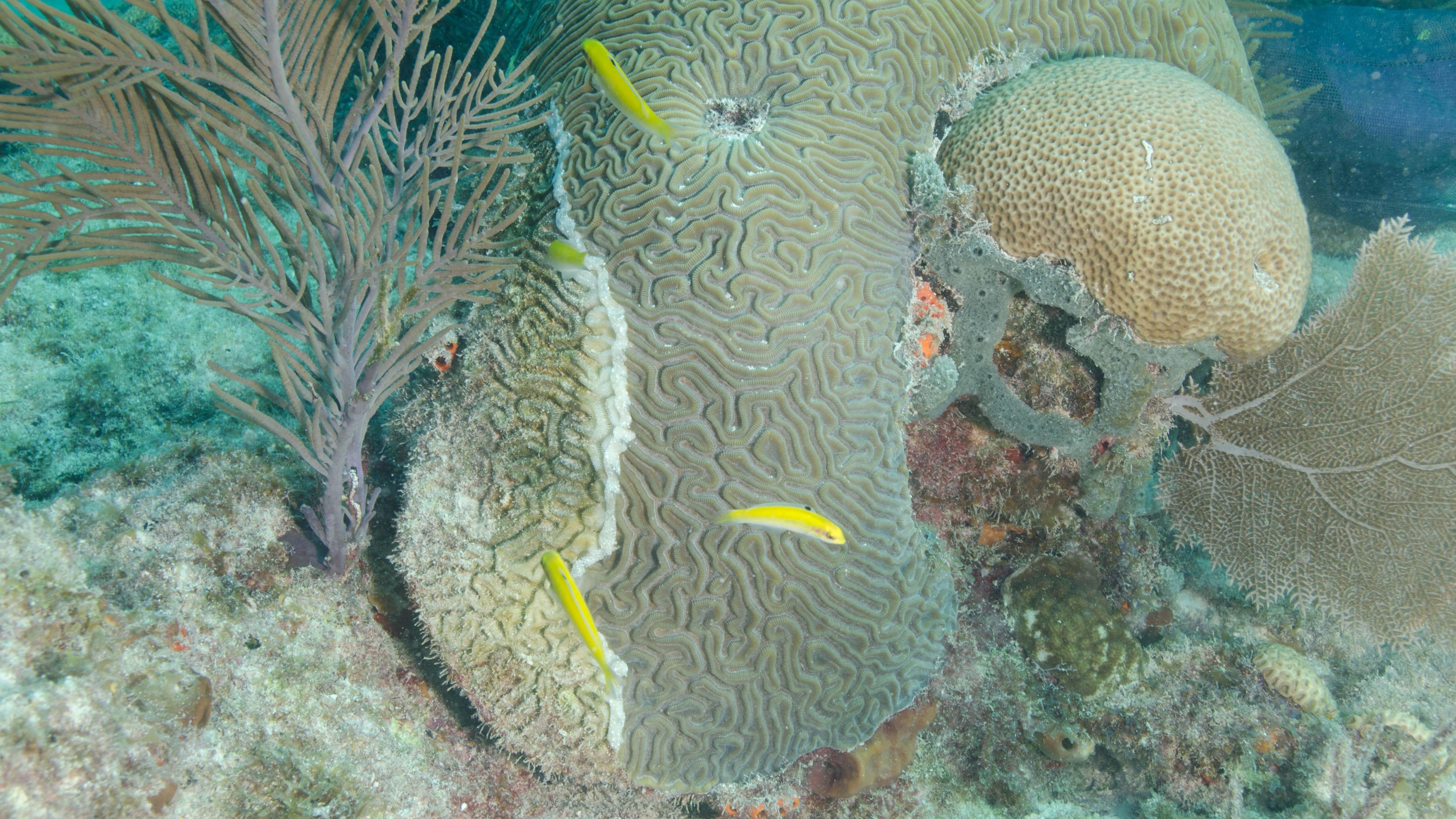
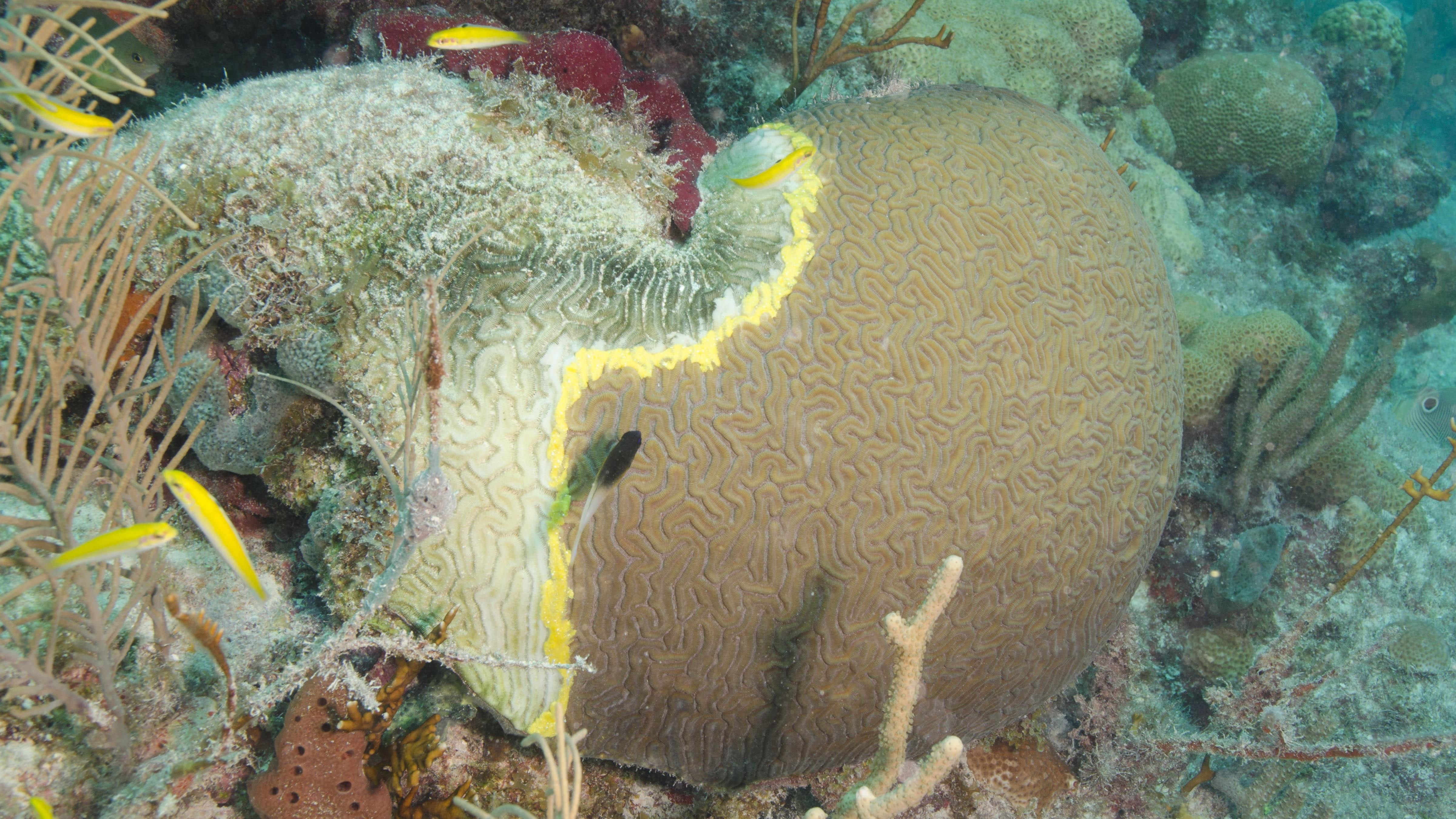
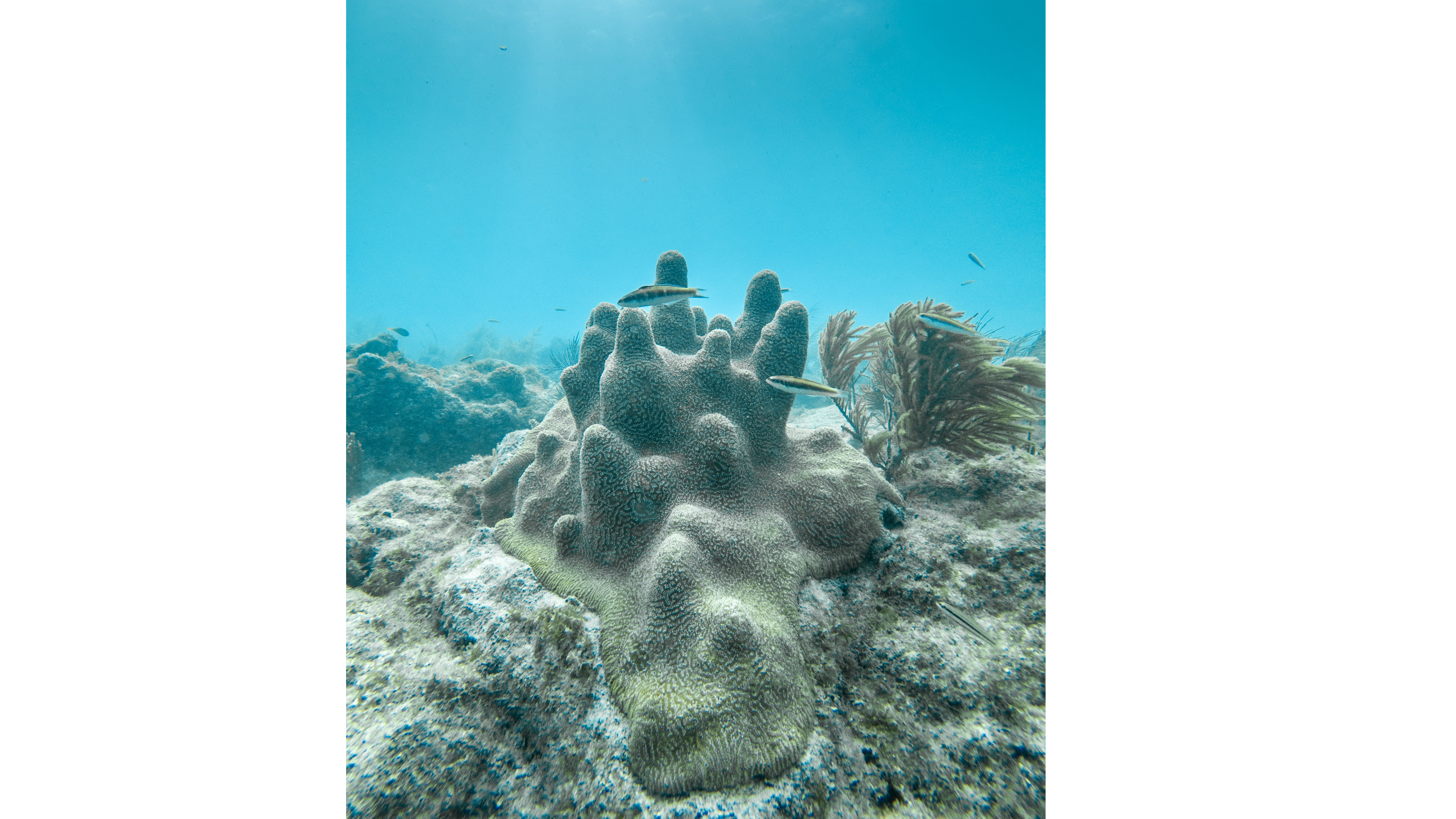
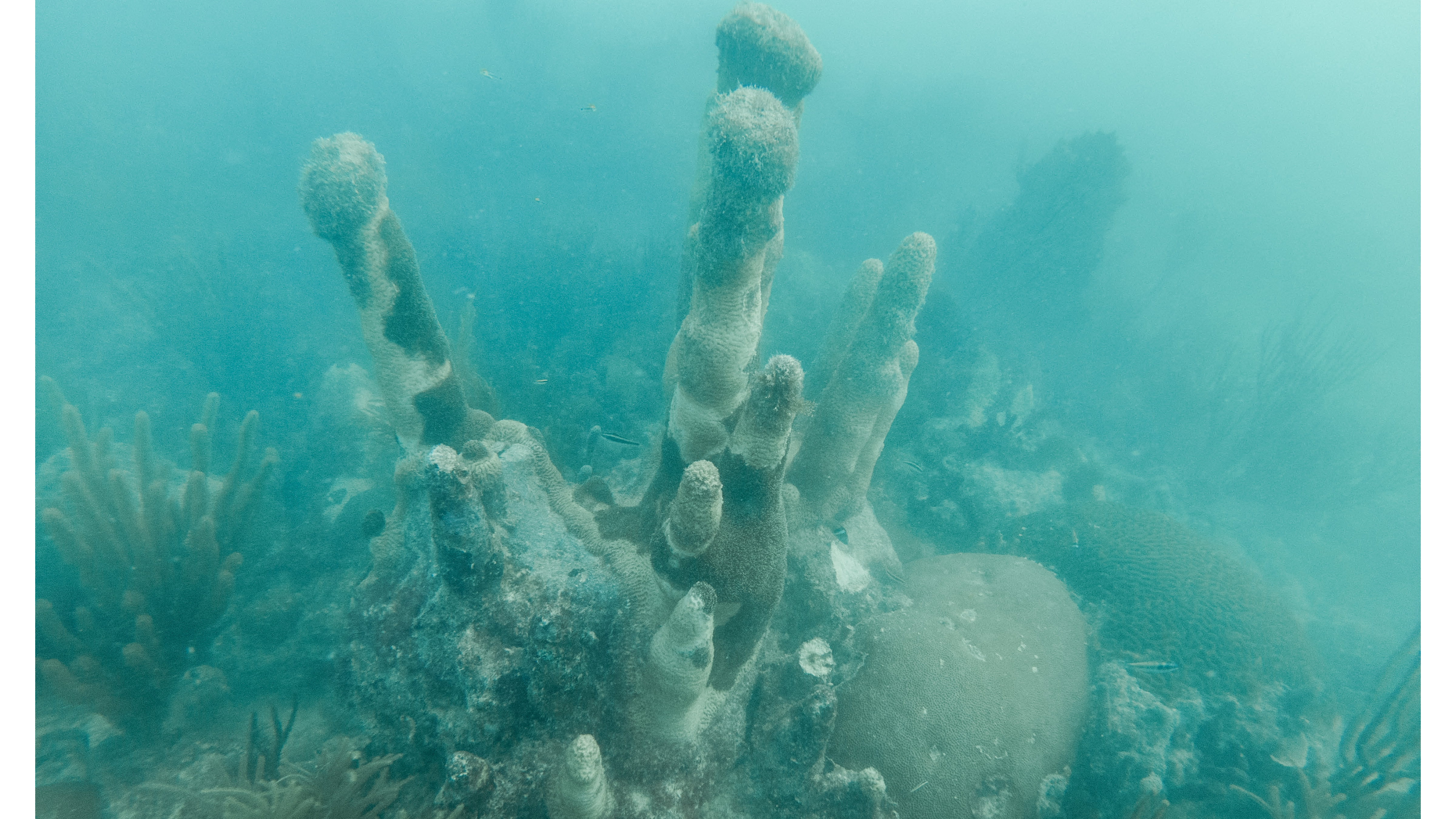
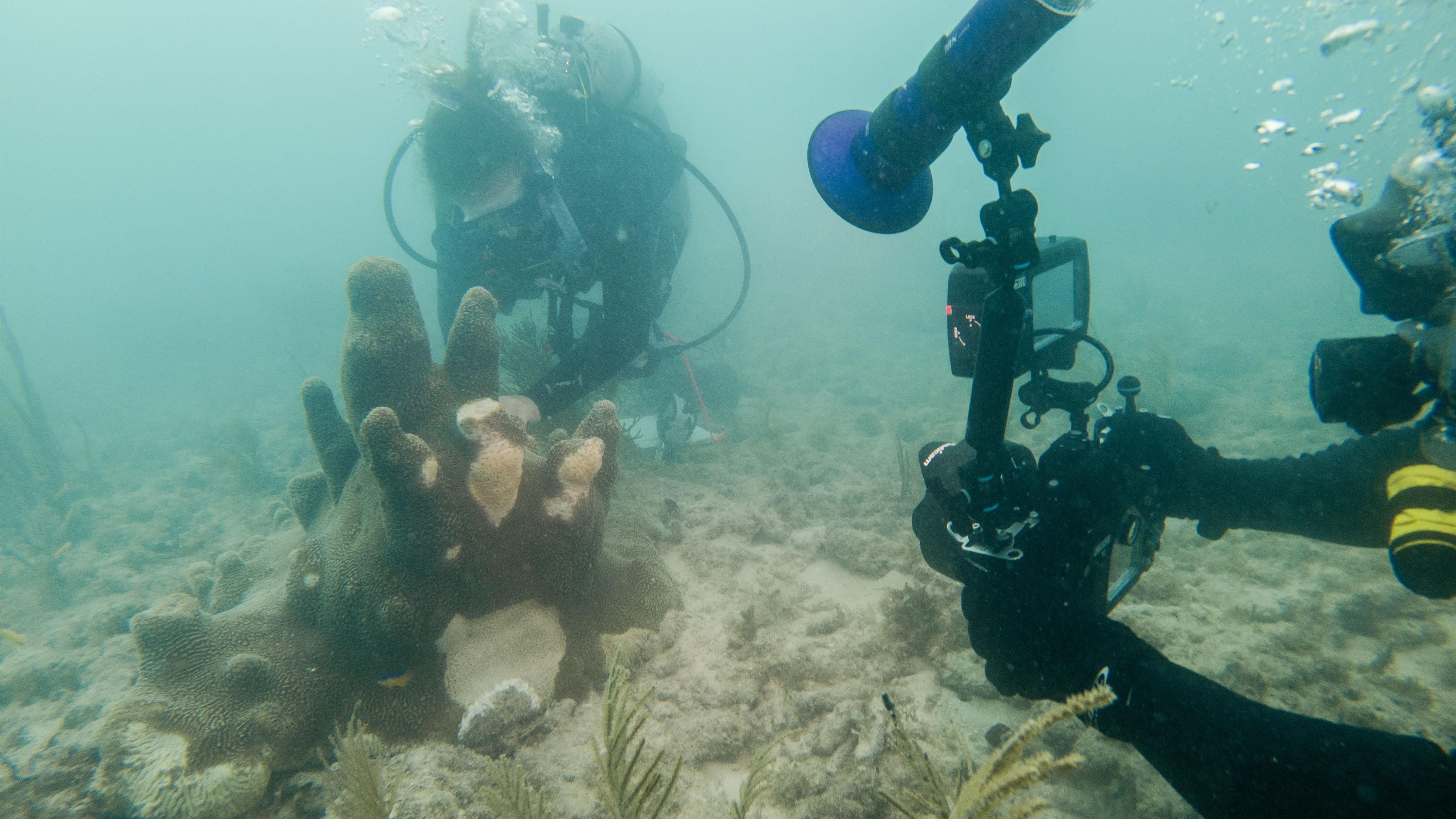
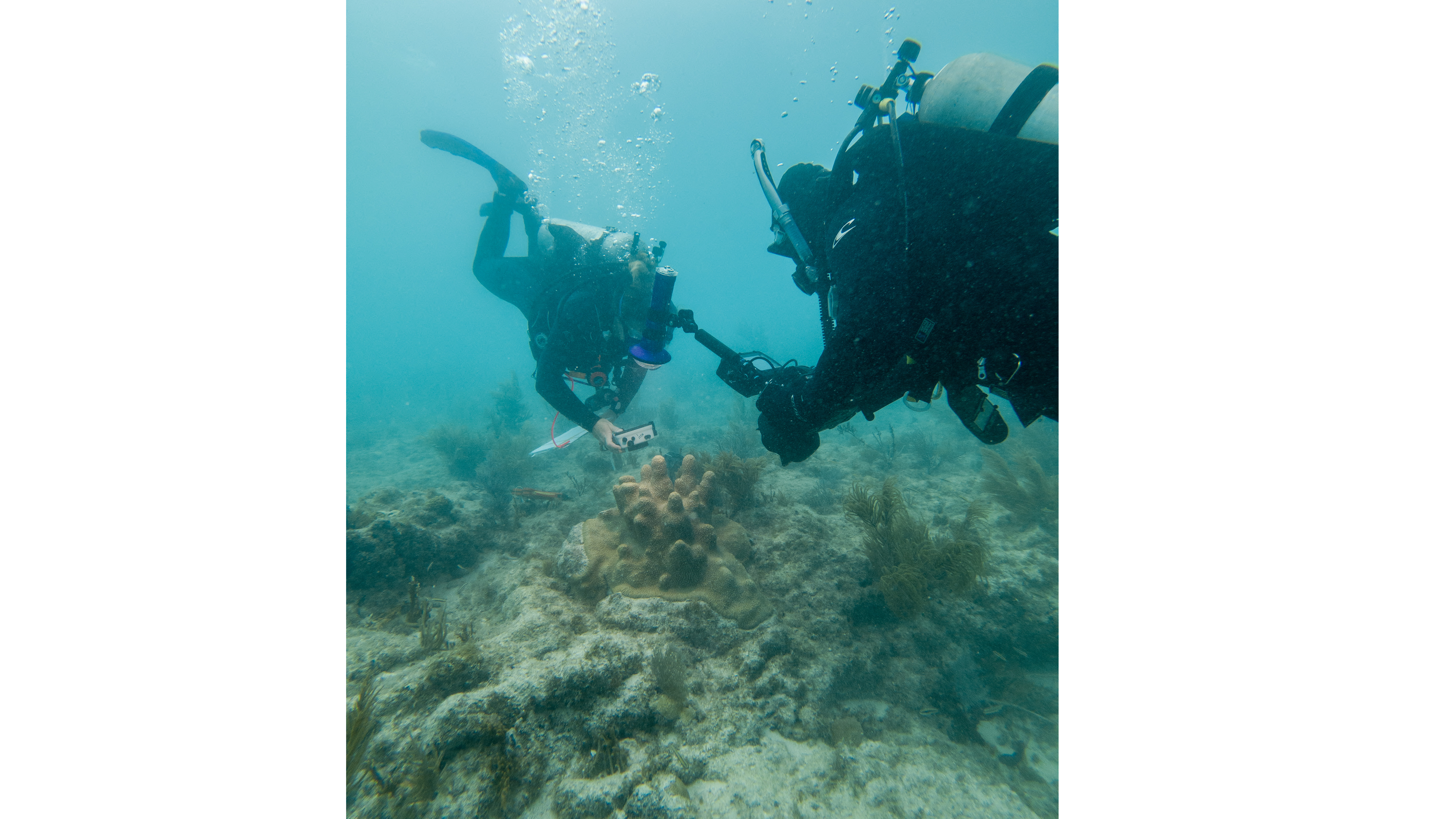
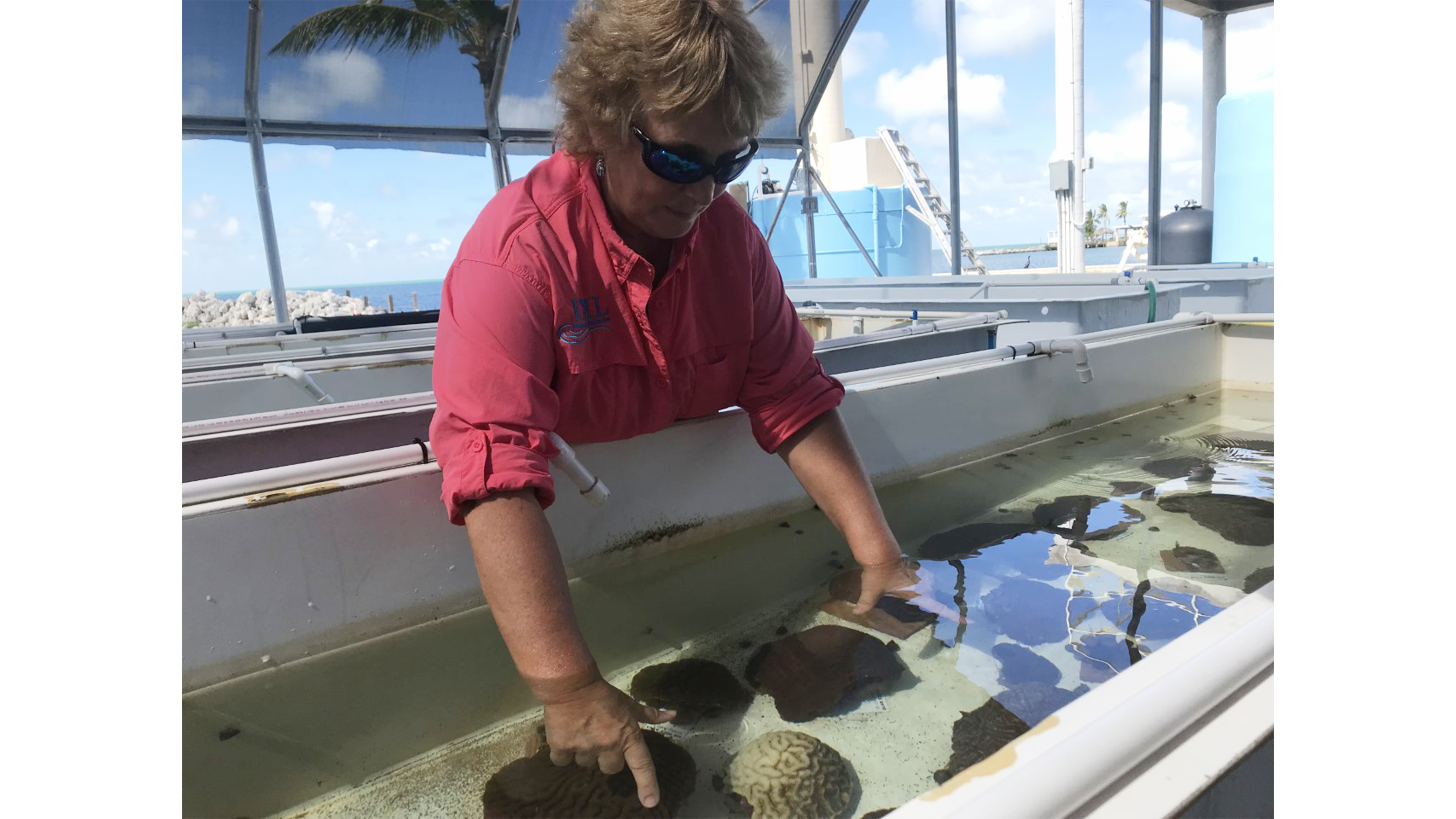
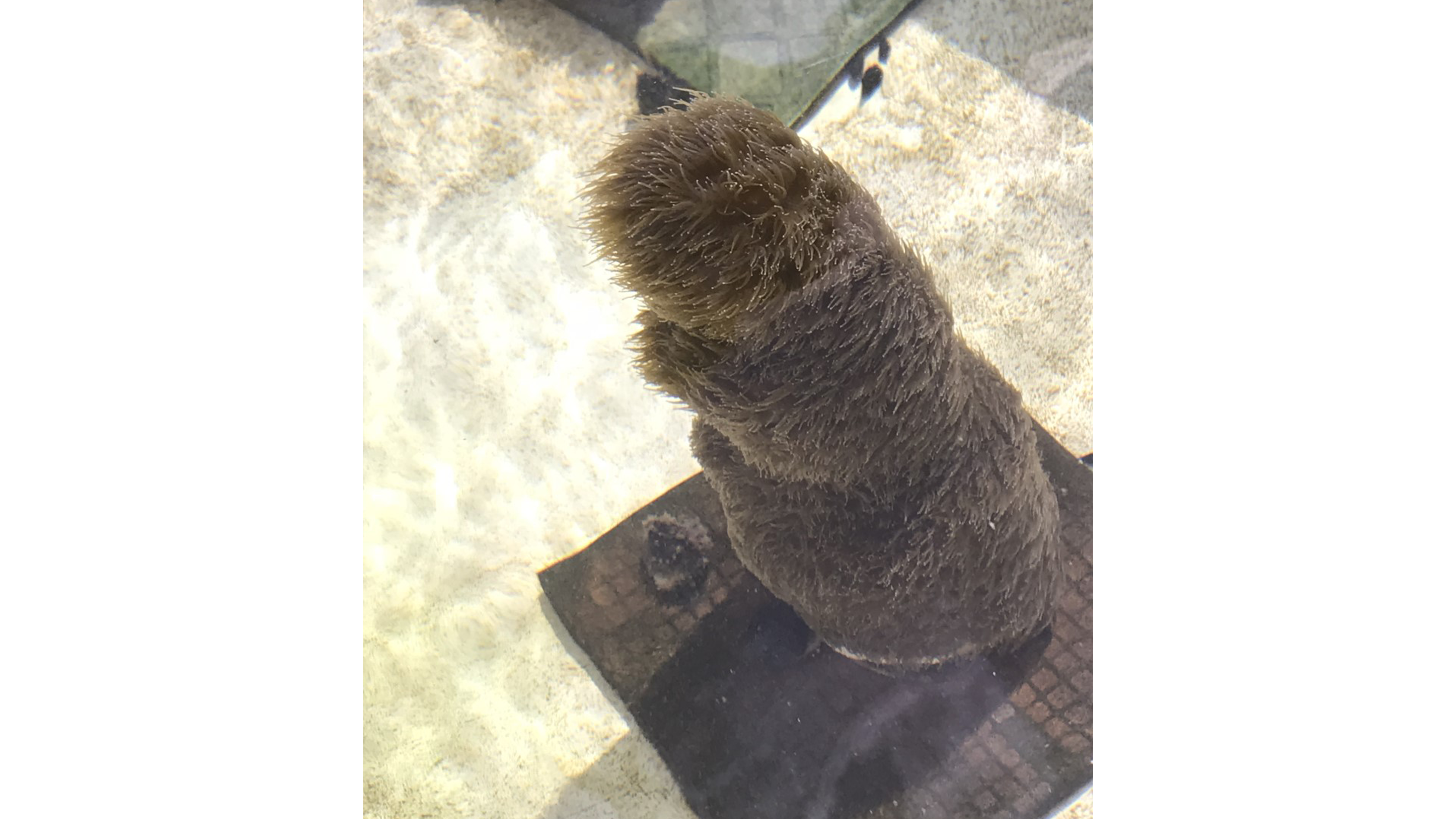
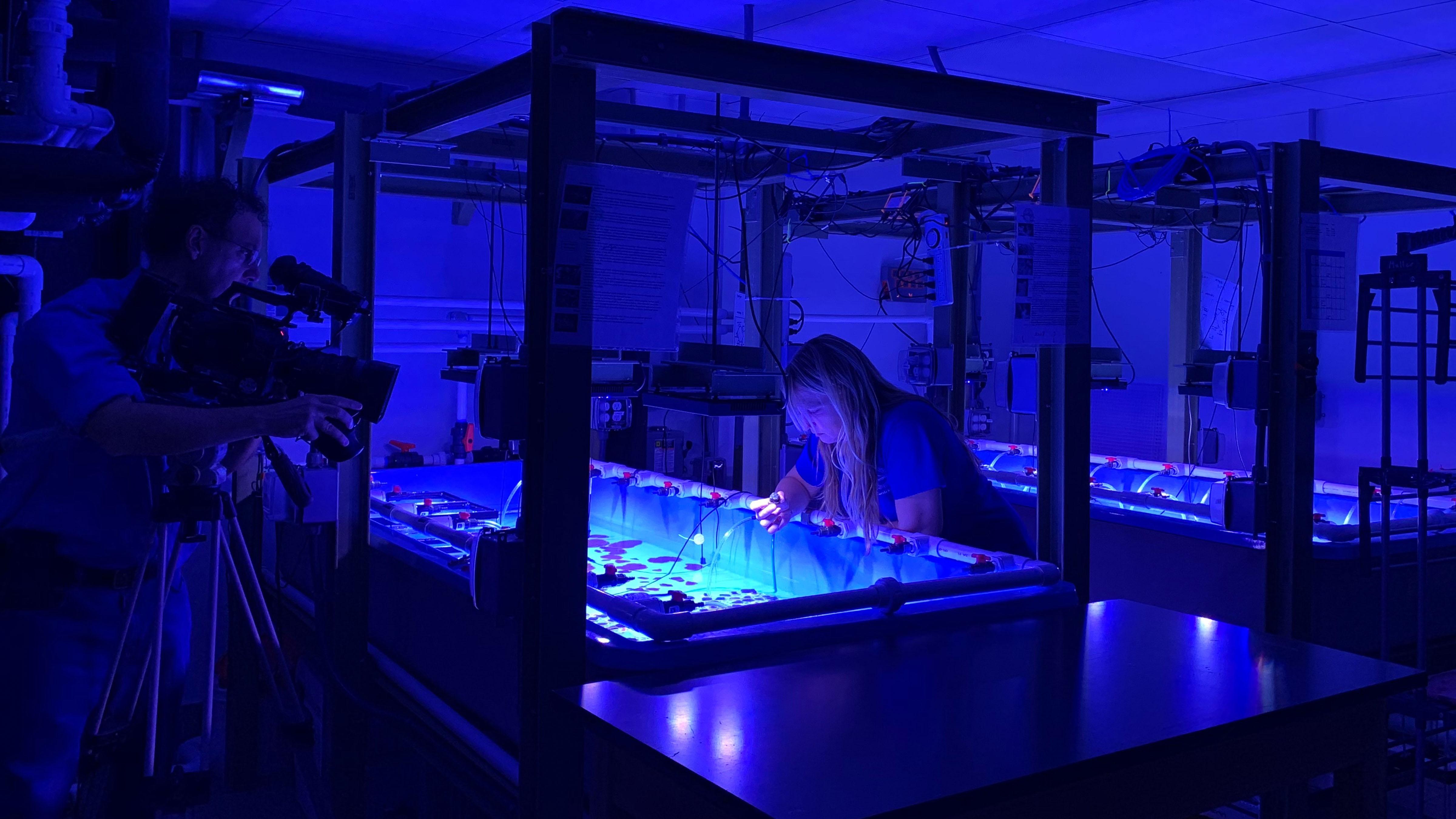

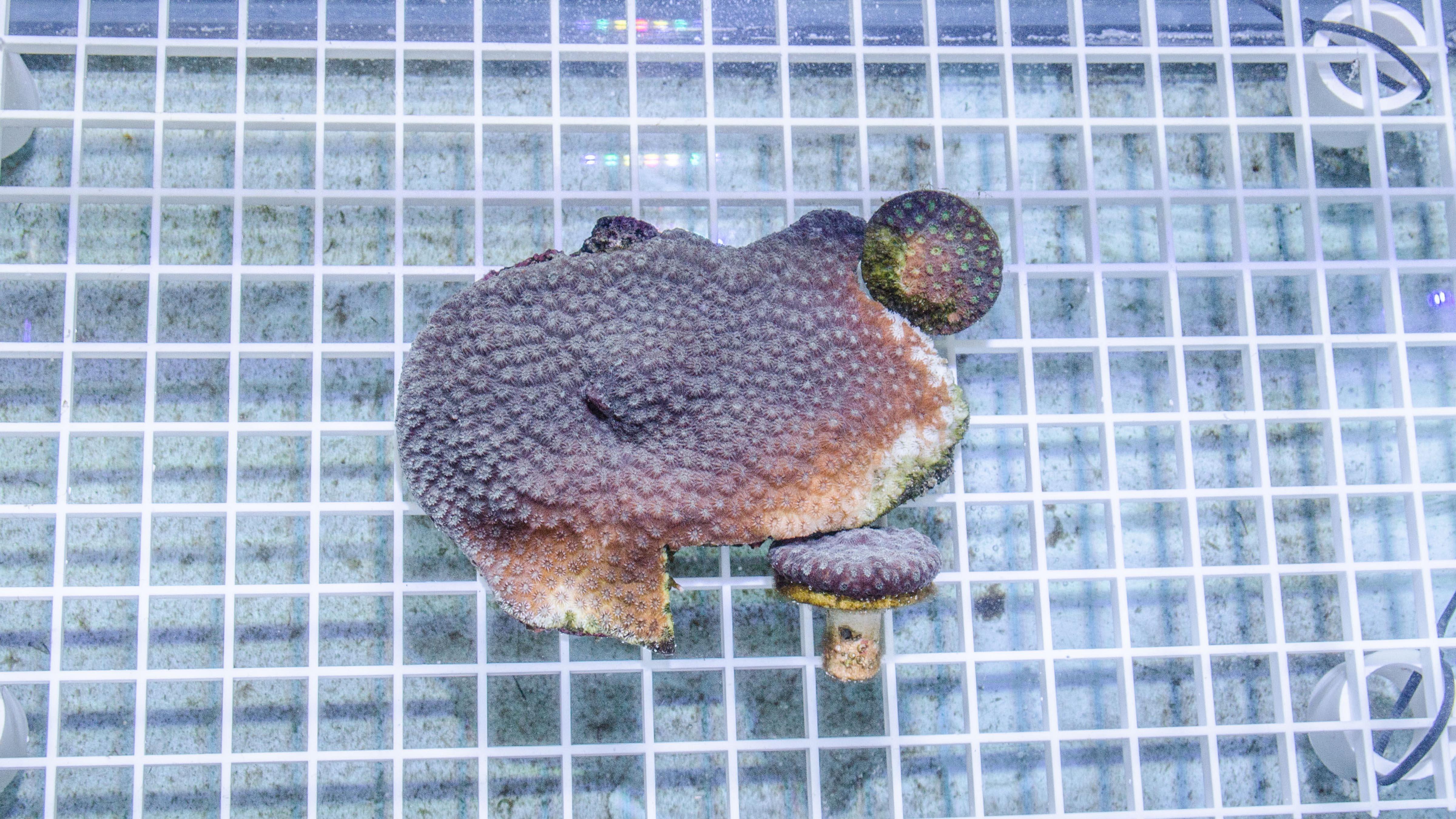
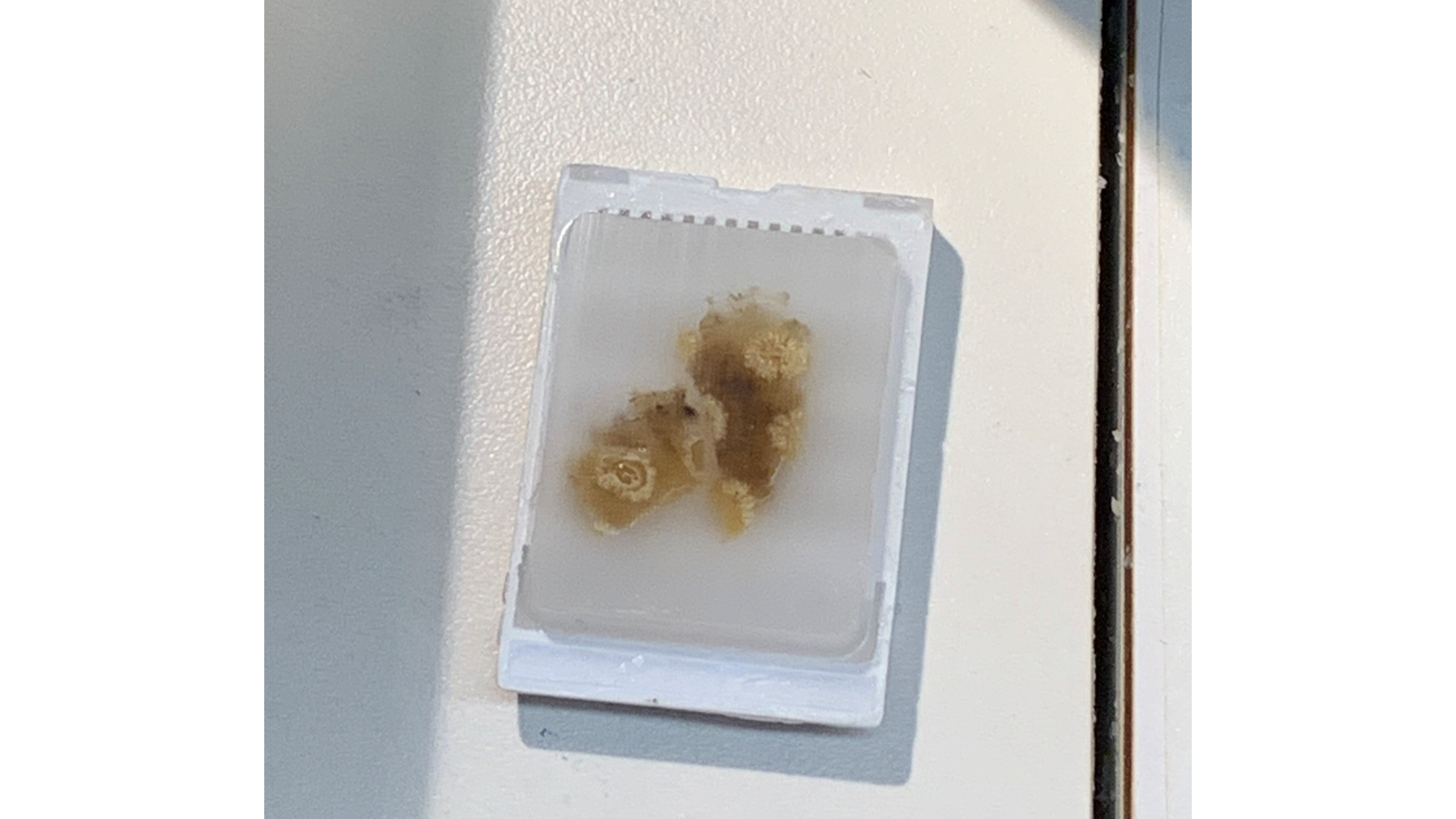
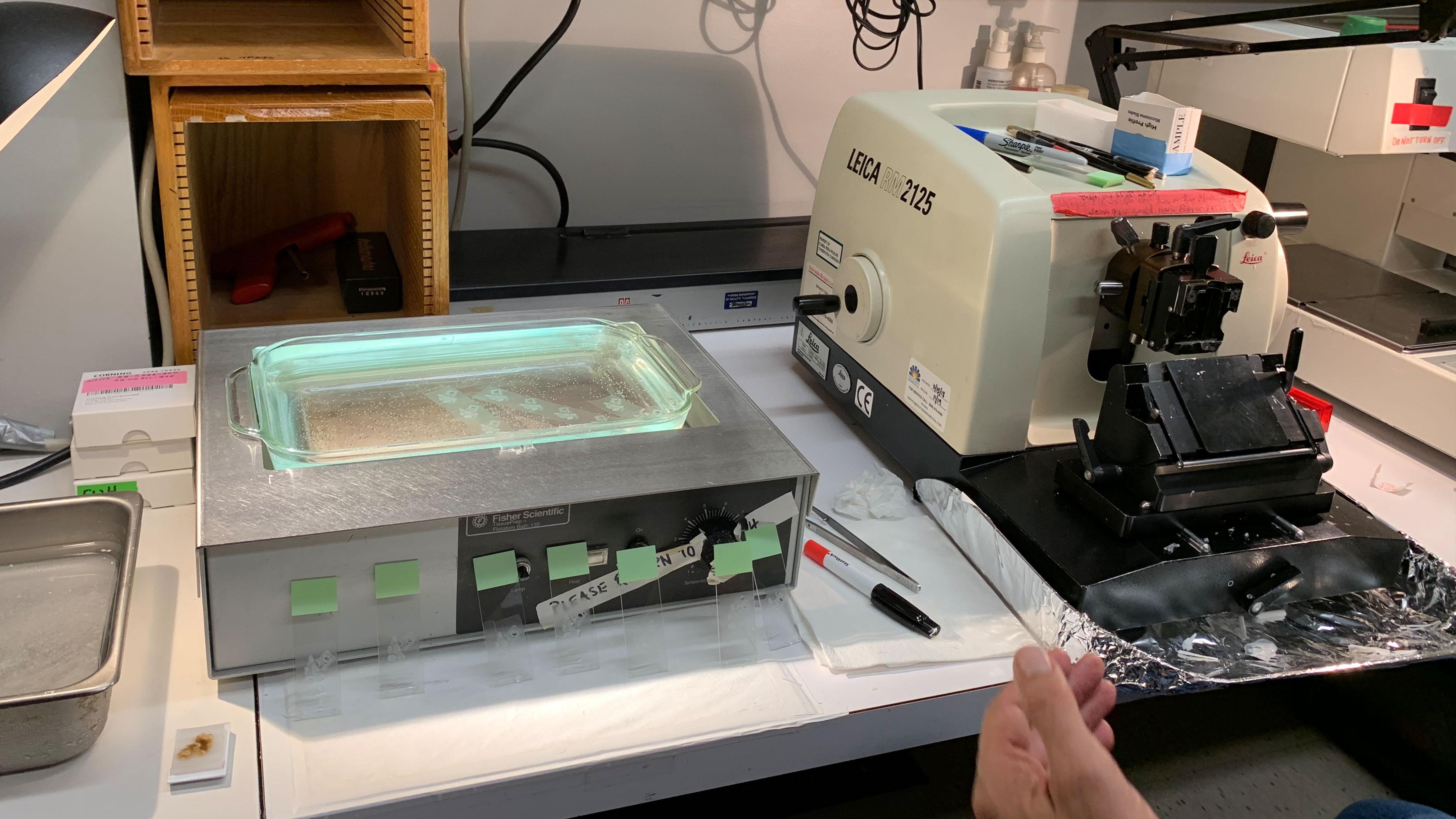
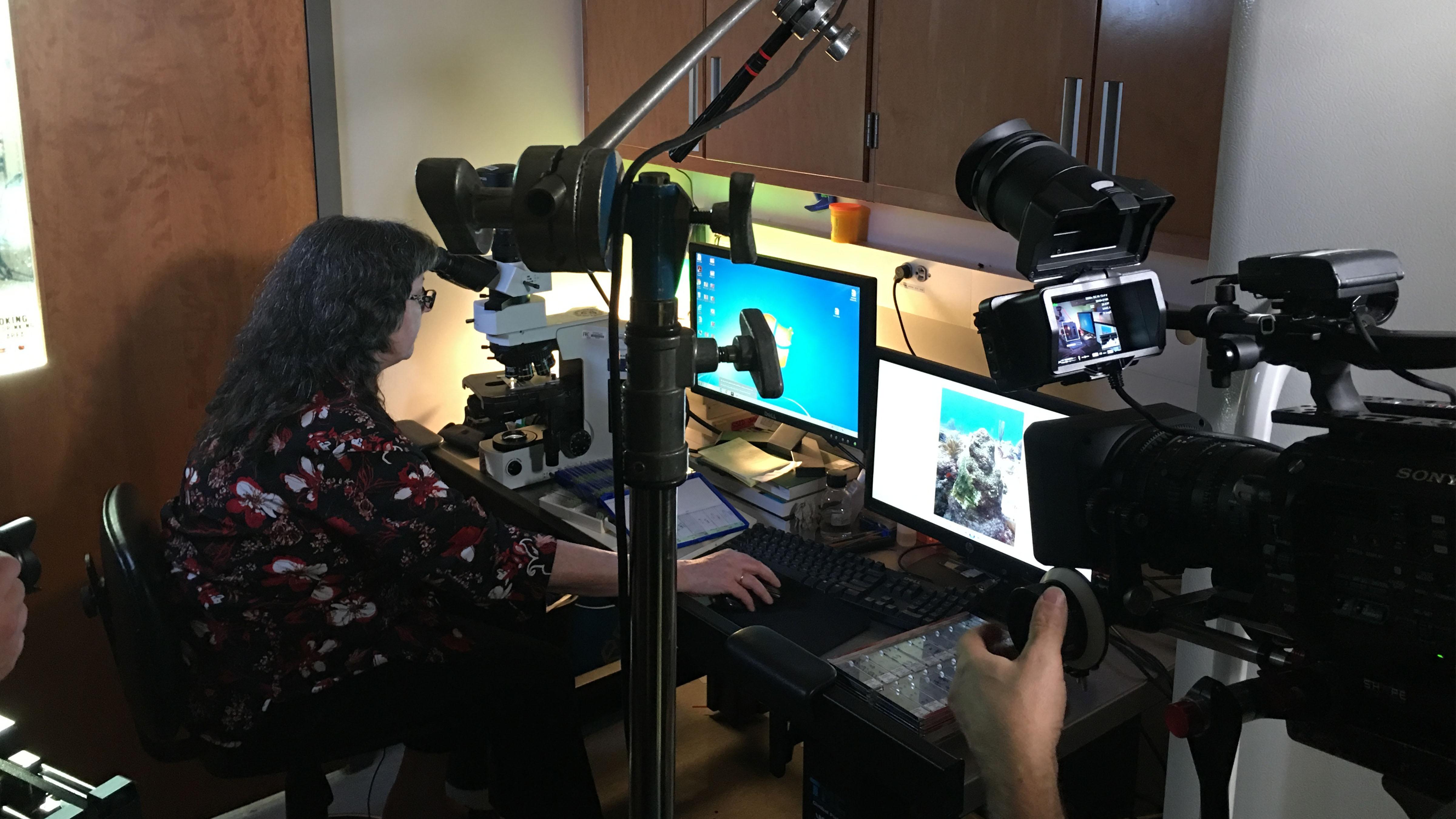
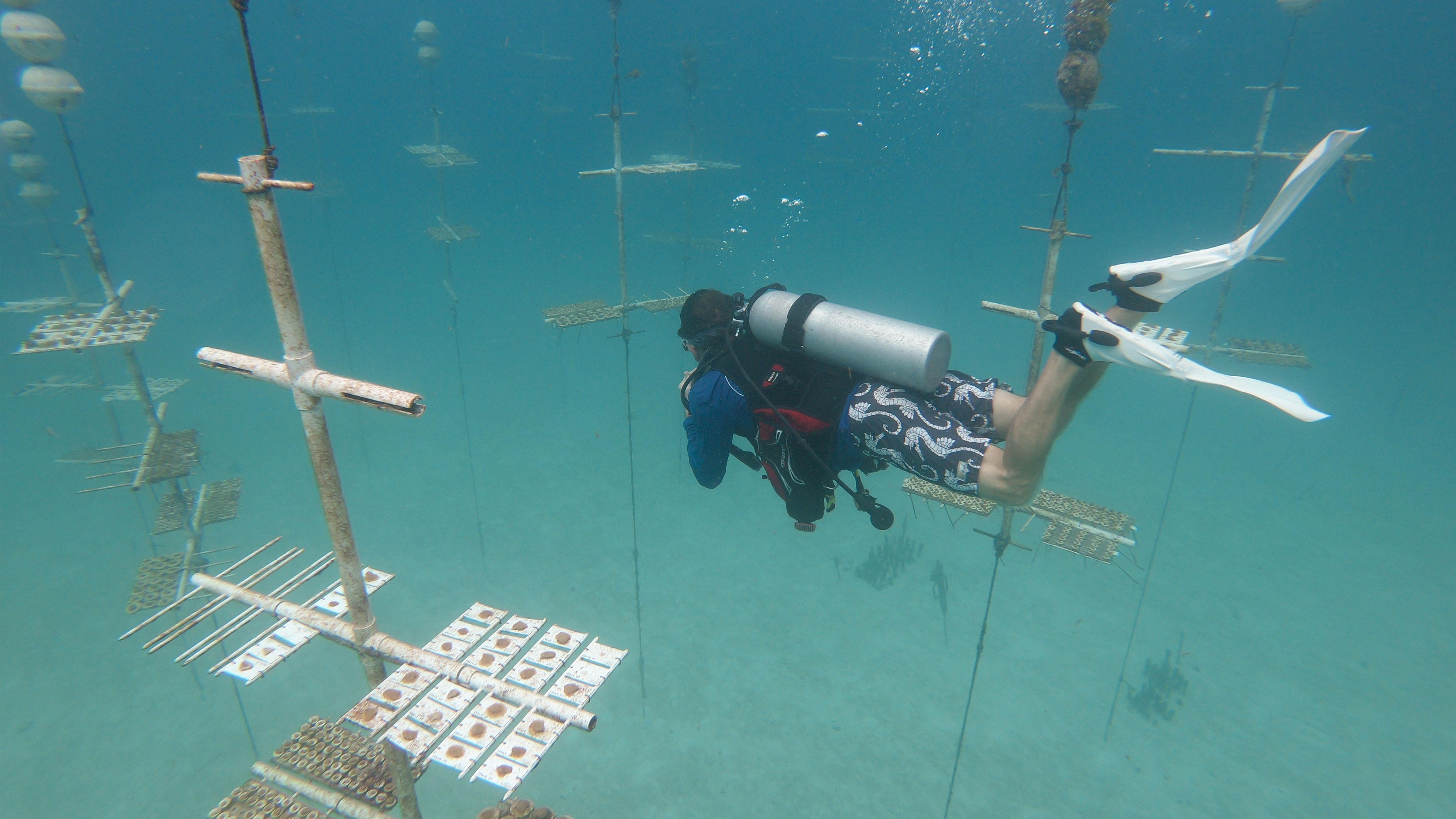
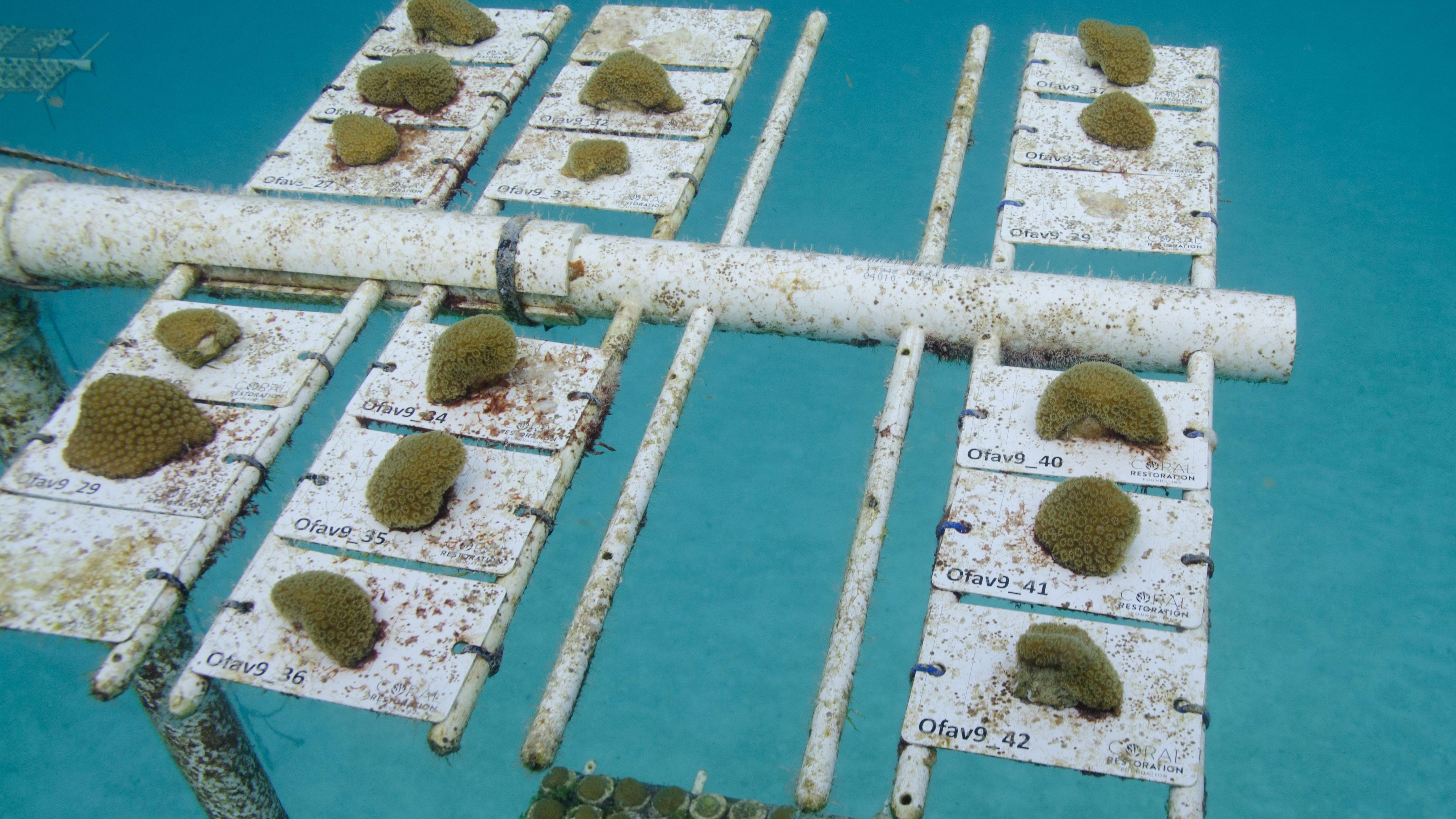
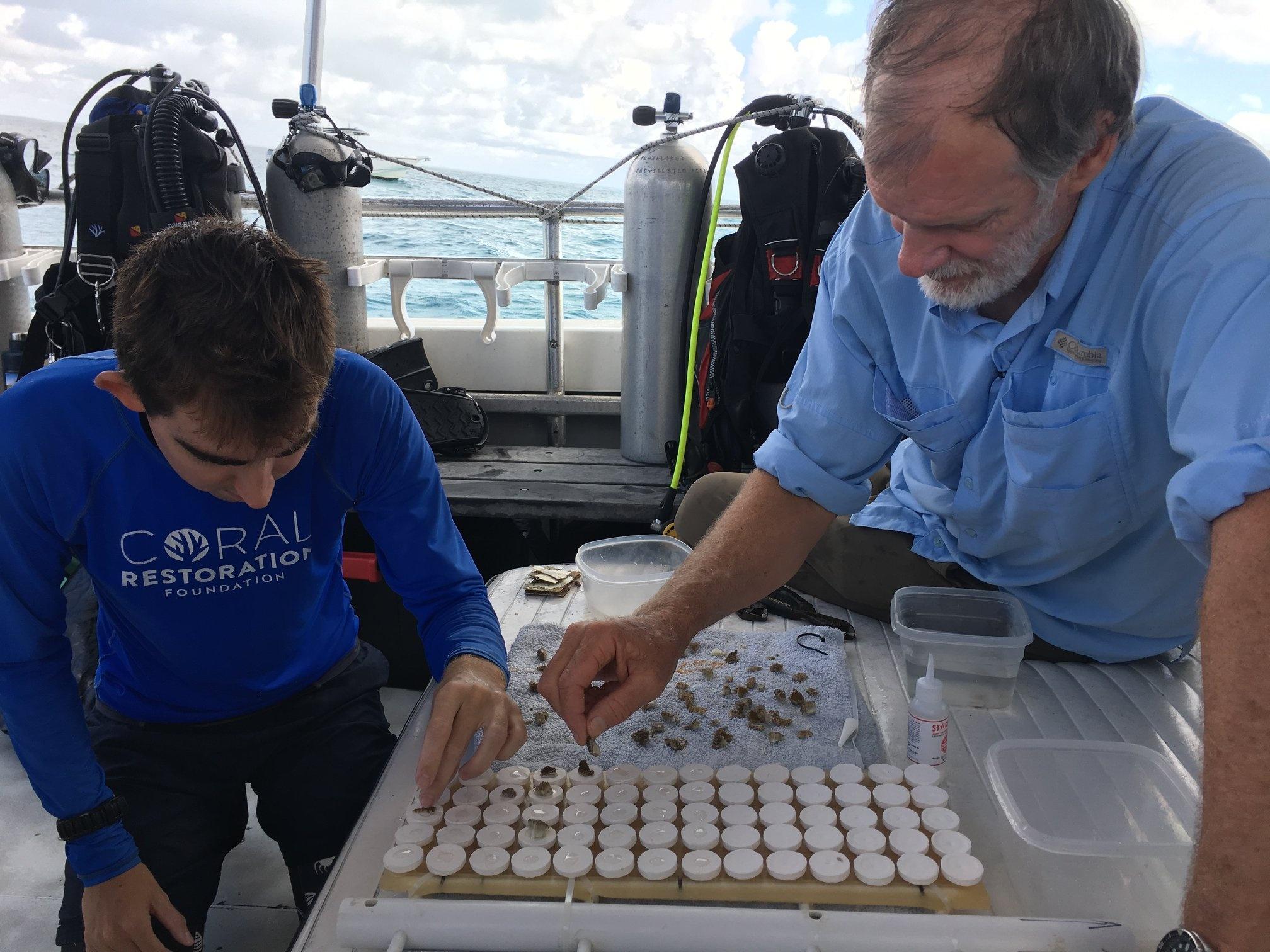
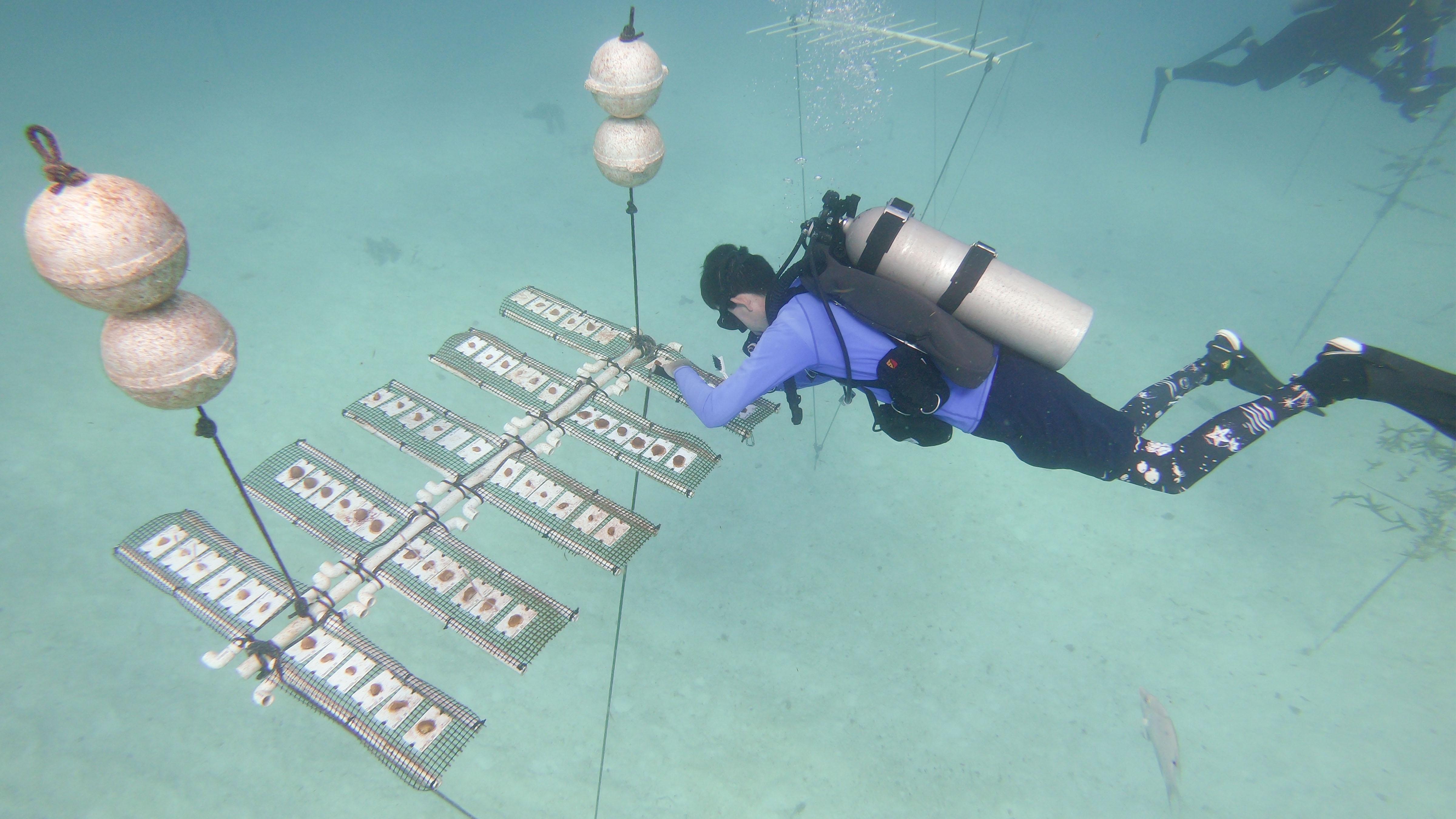
Special Thanks:
Looe Key Reef Resort and Dive Center
27340 Overseas Hwy
Ramrod Key, FL 33042
(305) 872-2215
Hotel Indigo Sarasota
1223 Boulevard of the Arts
Sarasota, FL 34236
(941) 487-3800
Ponce de León Hotel
95 Central Avenue
St. Petersburg, FL 33701
(727) 550-9300
Image Credits
Changing Seas would like to thank the following individuals and institutions who kindly allowed their footage, images and other media to be used in this production:
Joseph A. Henry
Triton Oceanographic Exploration Society
TritonOES.com
iStock.com/randywentling
Karen Neely, Ph.D.
Nova Southeastern University
Keri O’Neil
The Florida Aquarium
Mote Marine Laboratory
Richard Ross
California Academy of Sciences
Brian Walker, Ph.D.
Nova Southeastern University
Coral Restoration FoundationTM
Katie Eaton
Mote Marine Laboratory
Sarah Hamlyn
Mote Marine Laboratory
Jan Landsberg
Fish and Wildlife Research Institute
Florida Fish and Wildlife Conservation Commission
Cindy Lewis, Ph.D.
FIO's Keys Marine Laboratory, hosted by USF
Research inside the Florida Keys National
Marine Sanctuary conducted under permits
FKNMS-2016-062 & FKNMS-2015-156.
Funding for this episode of Changing Seas was provided by:

